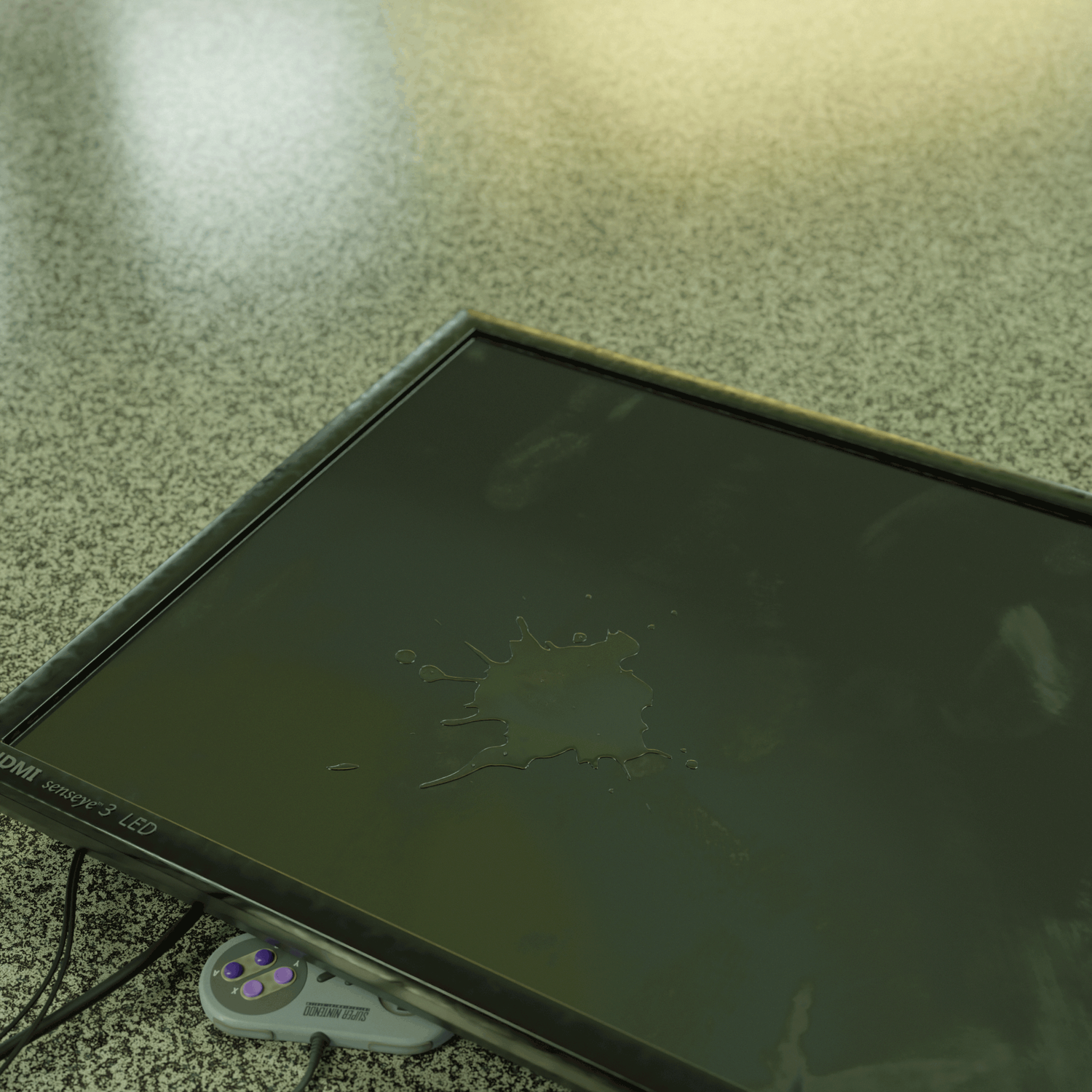
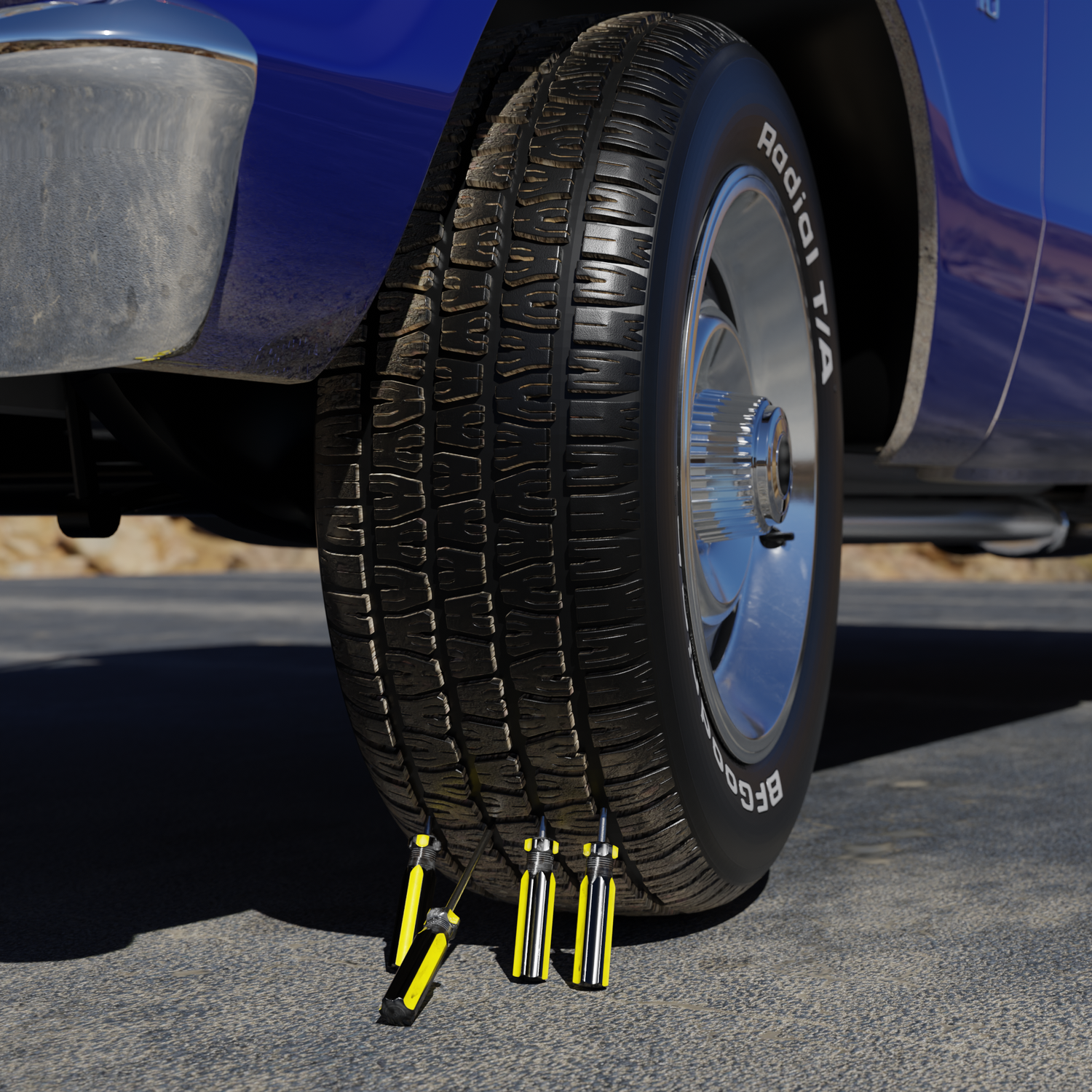
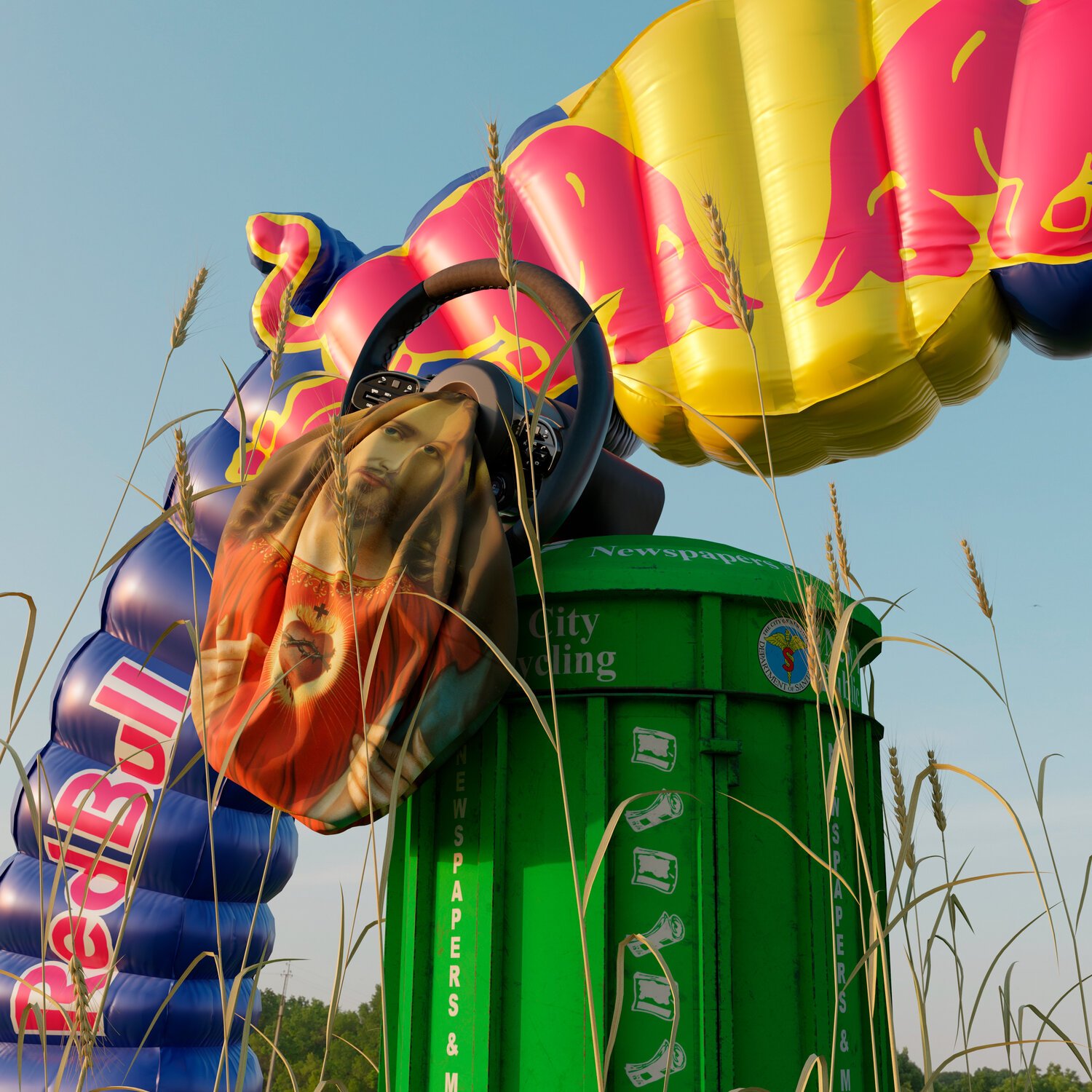
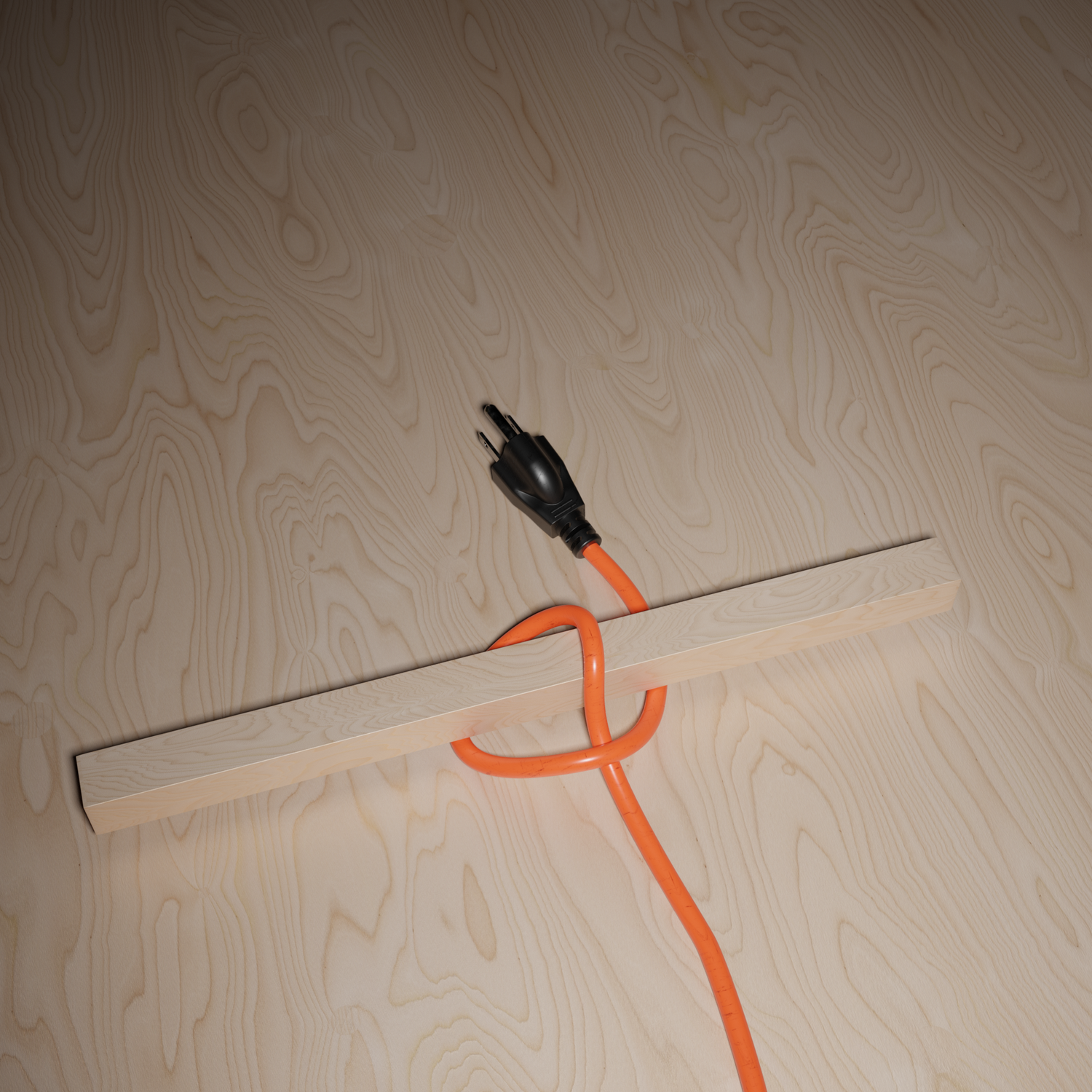
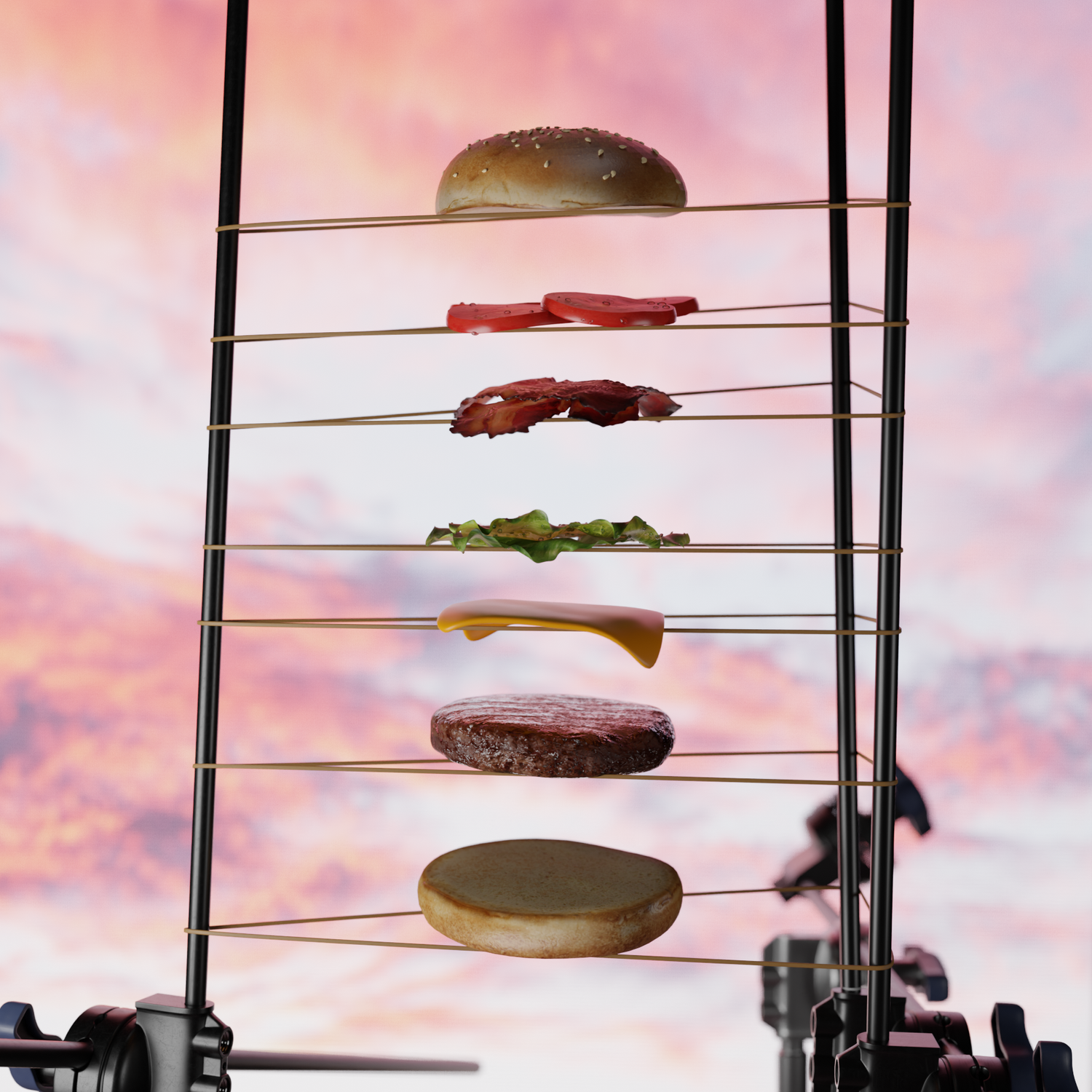



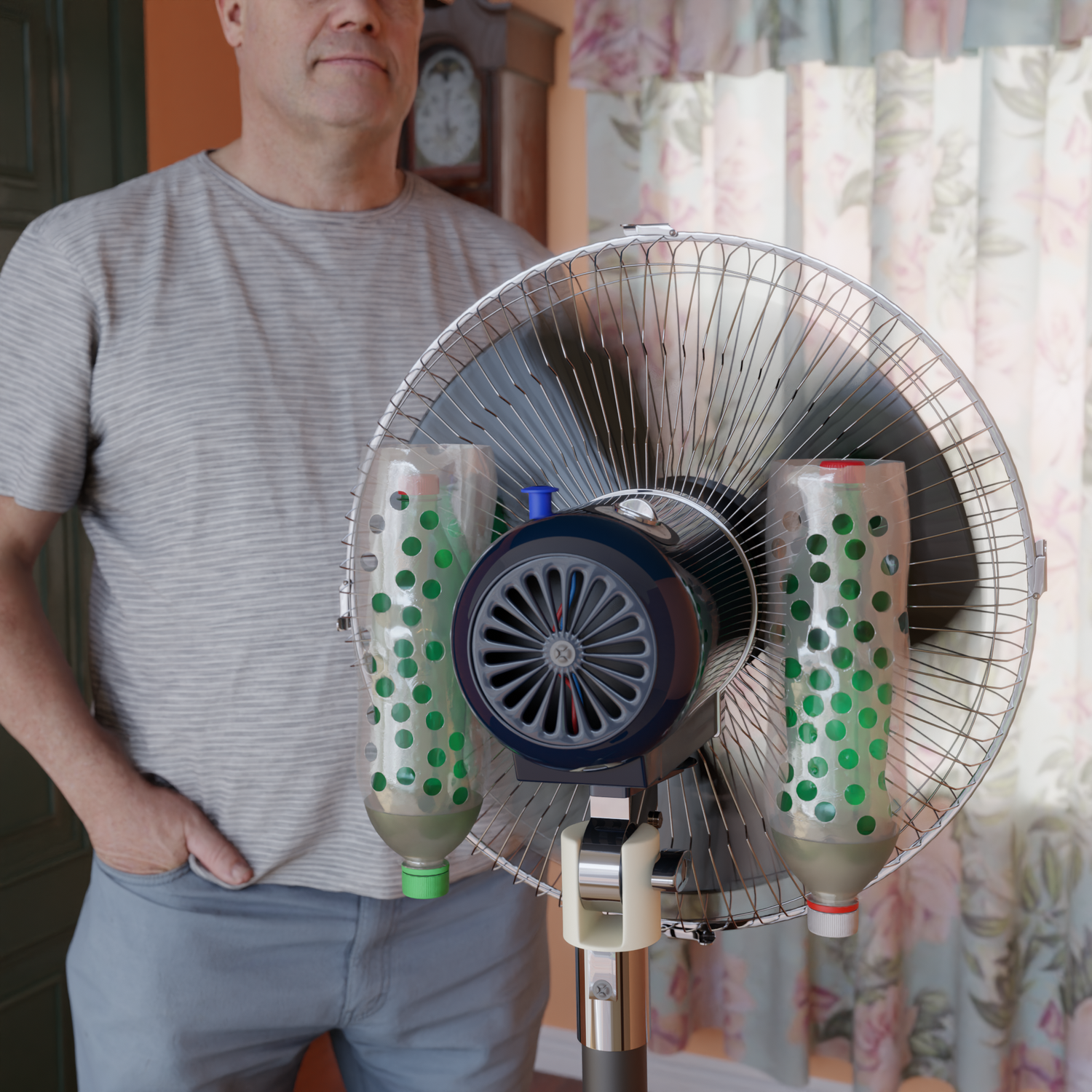
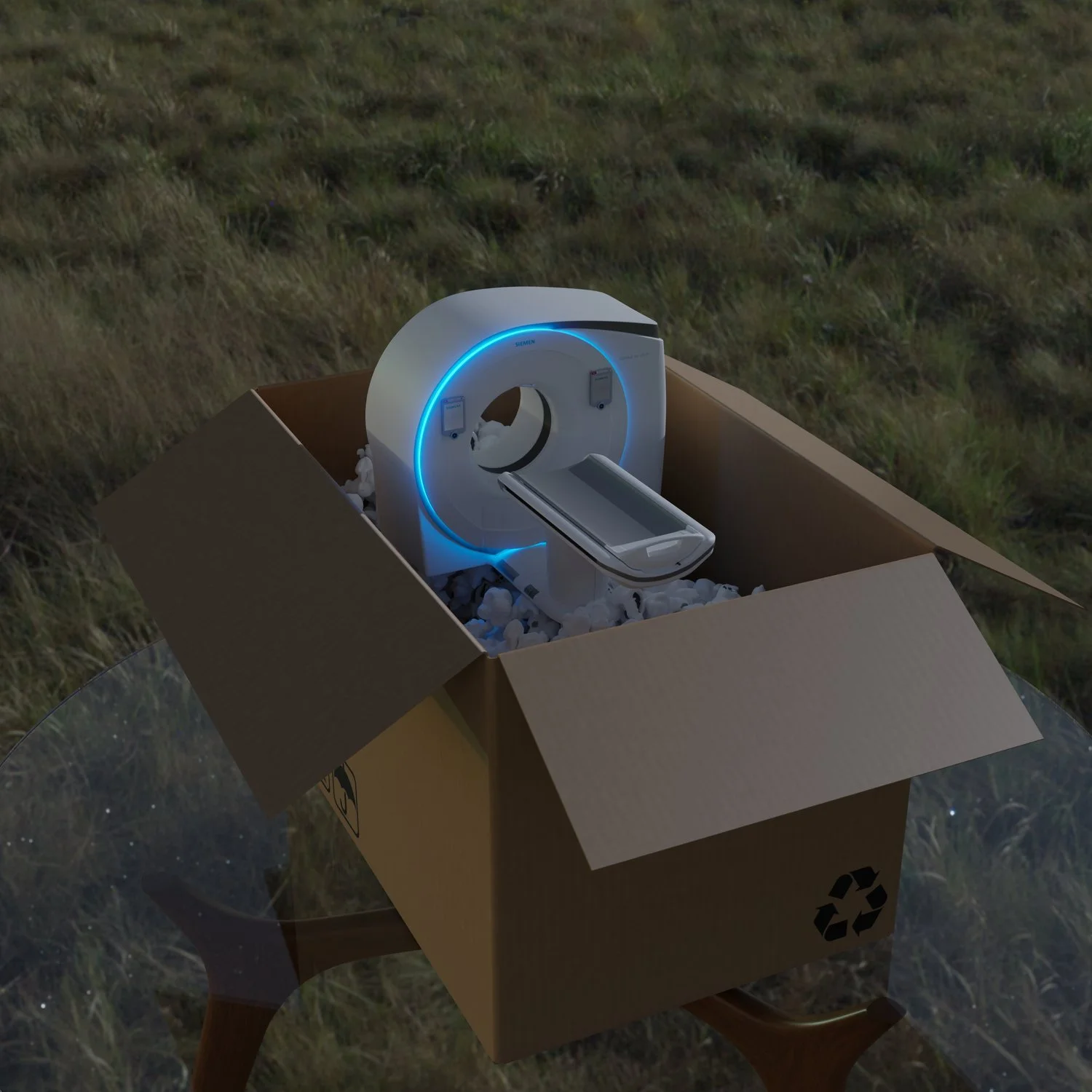











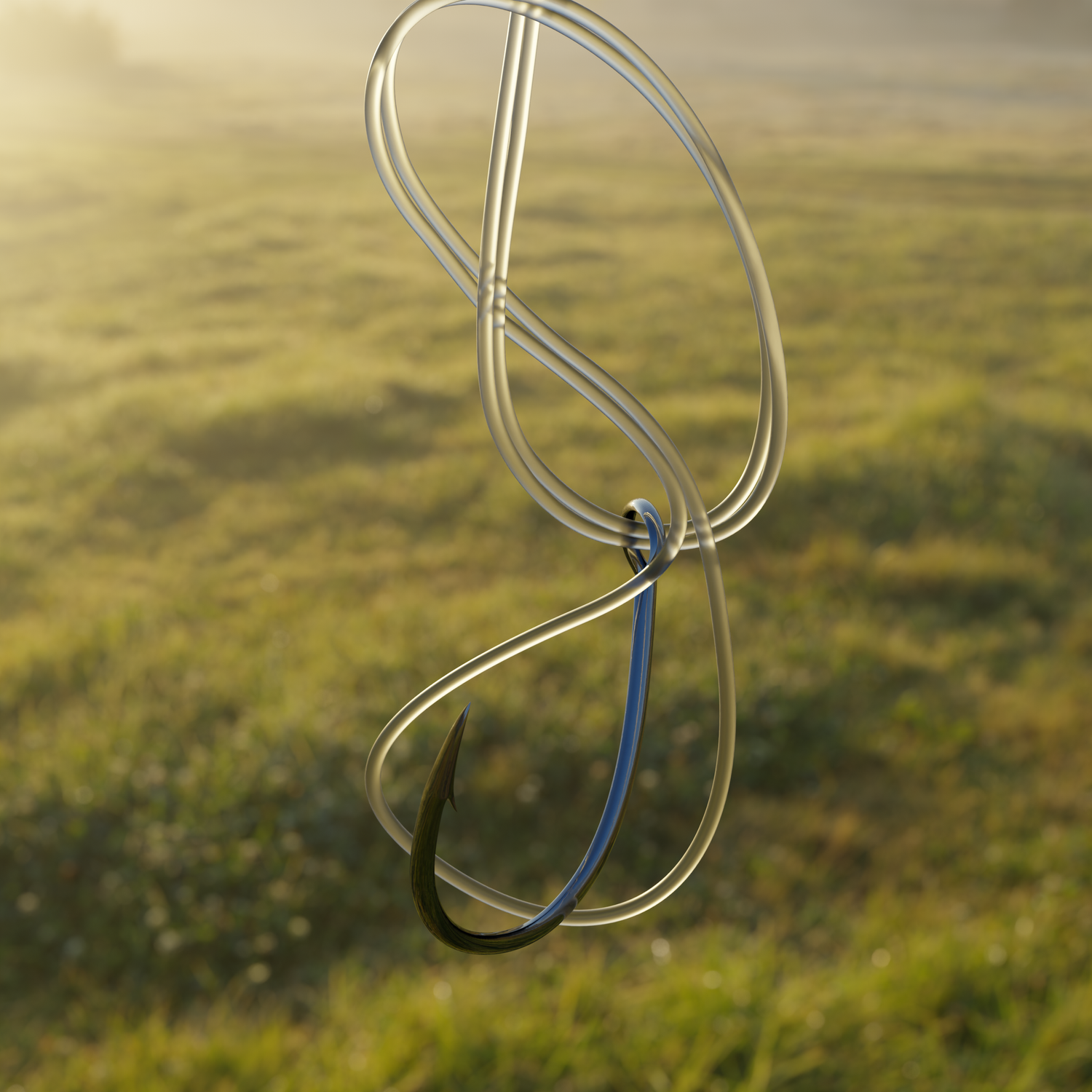
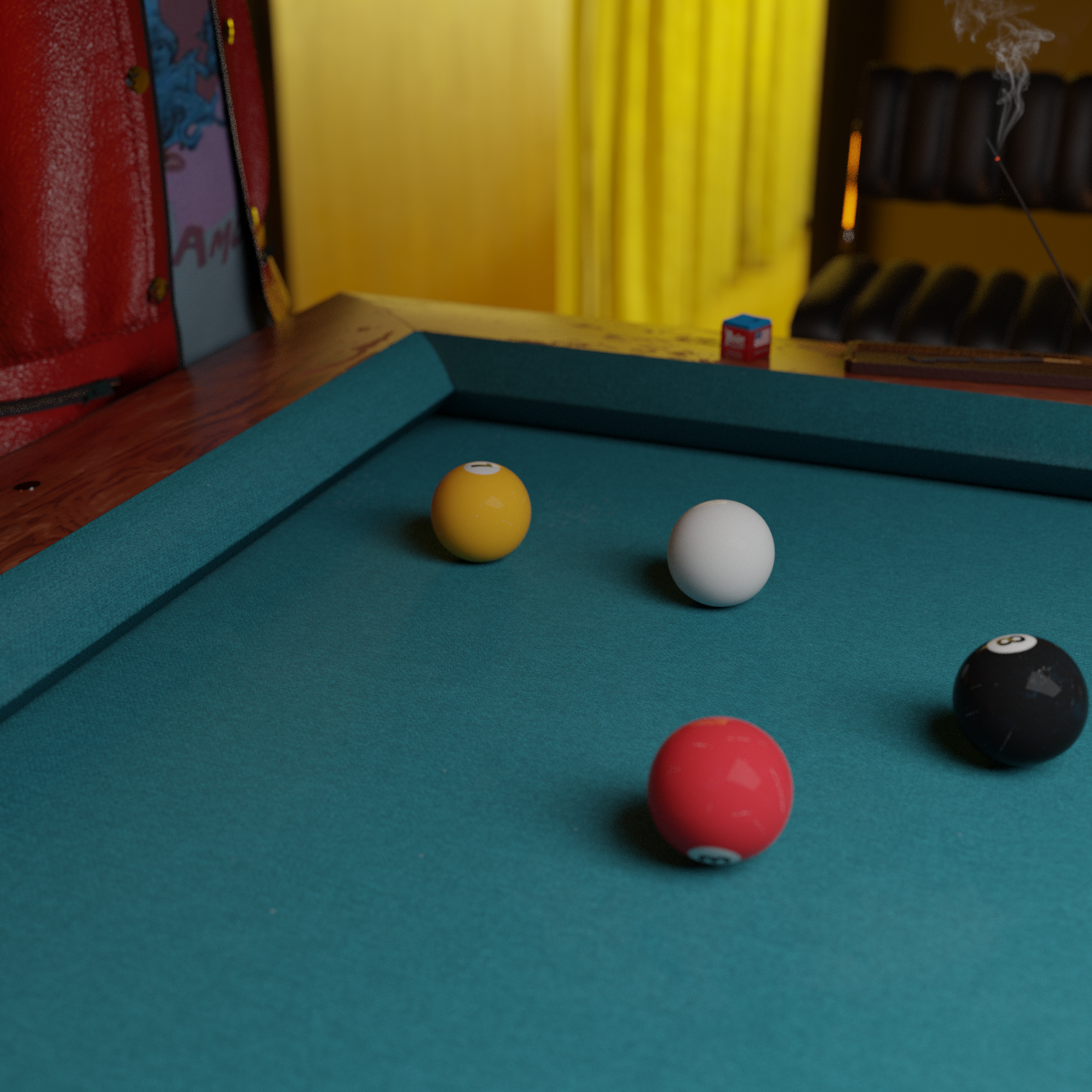

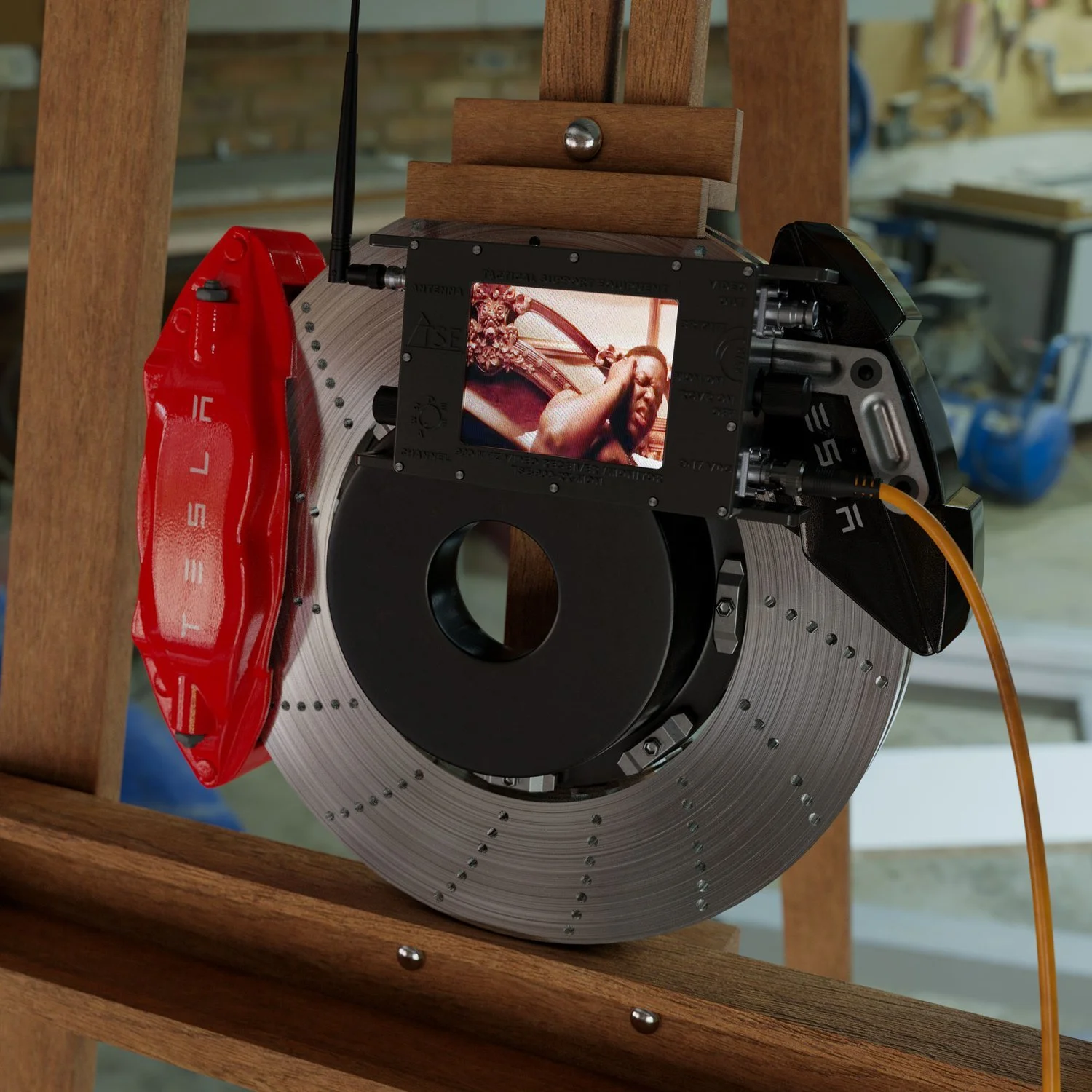

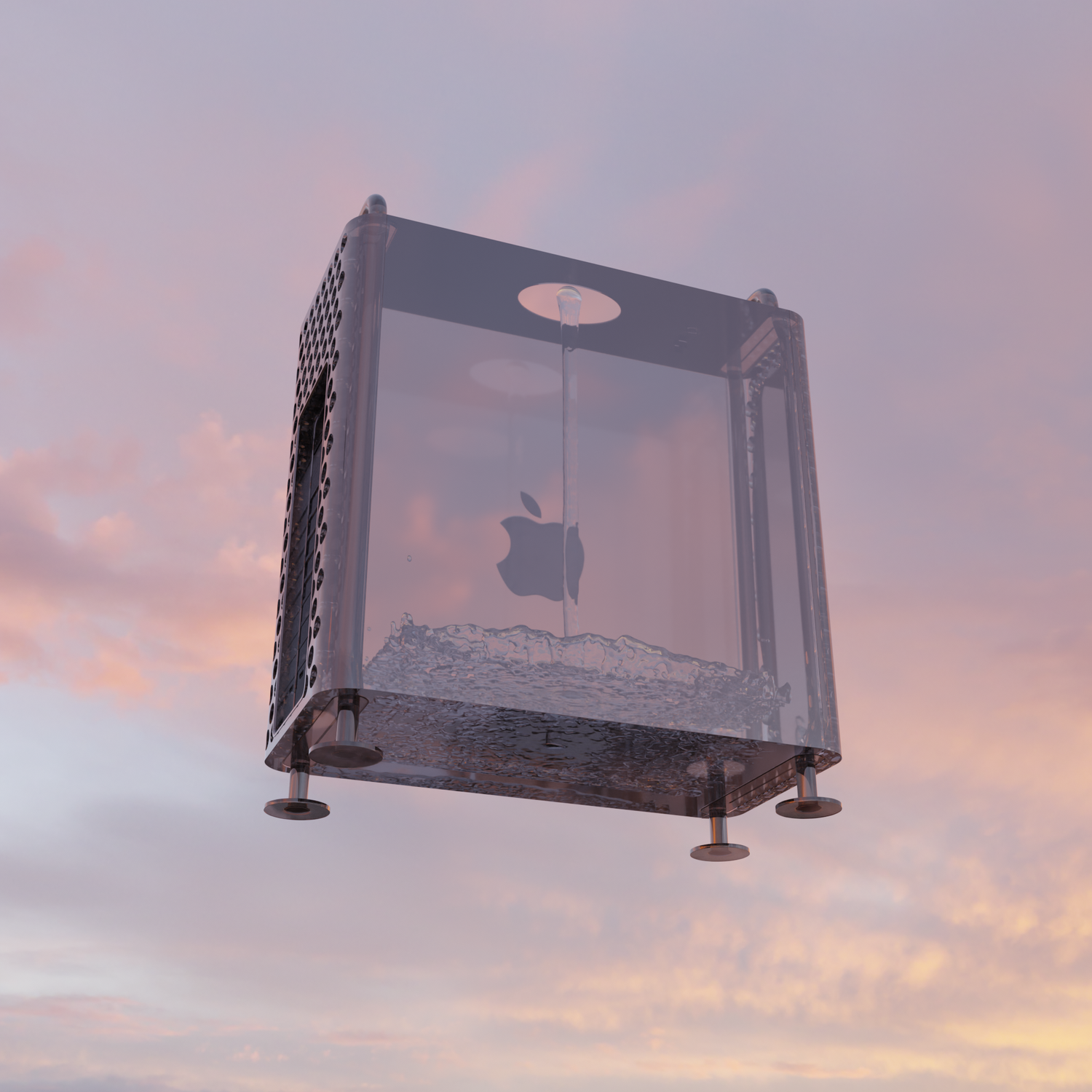

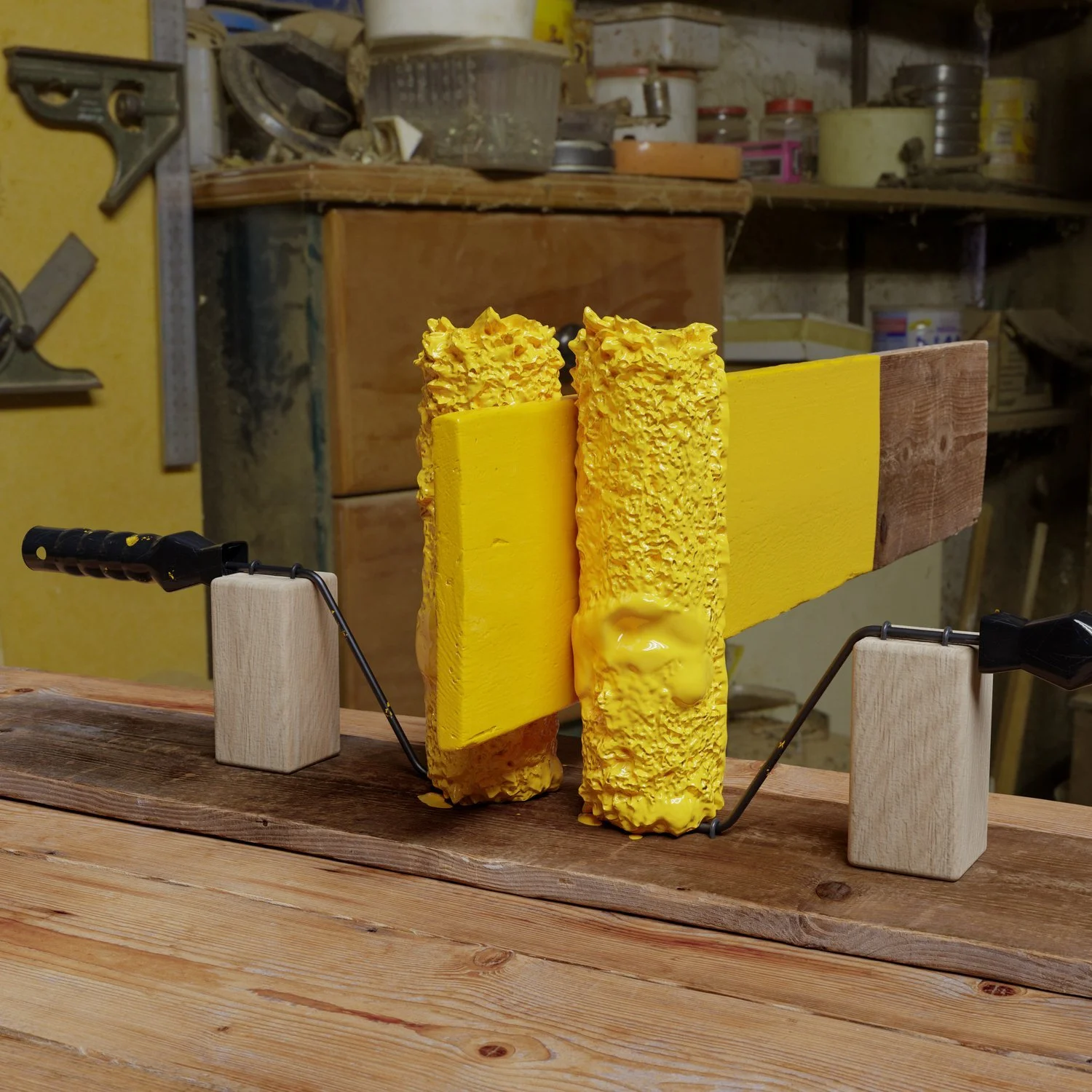

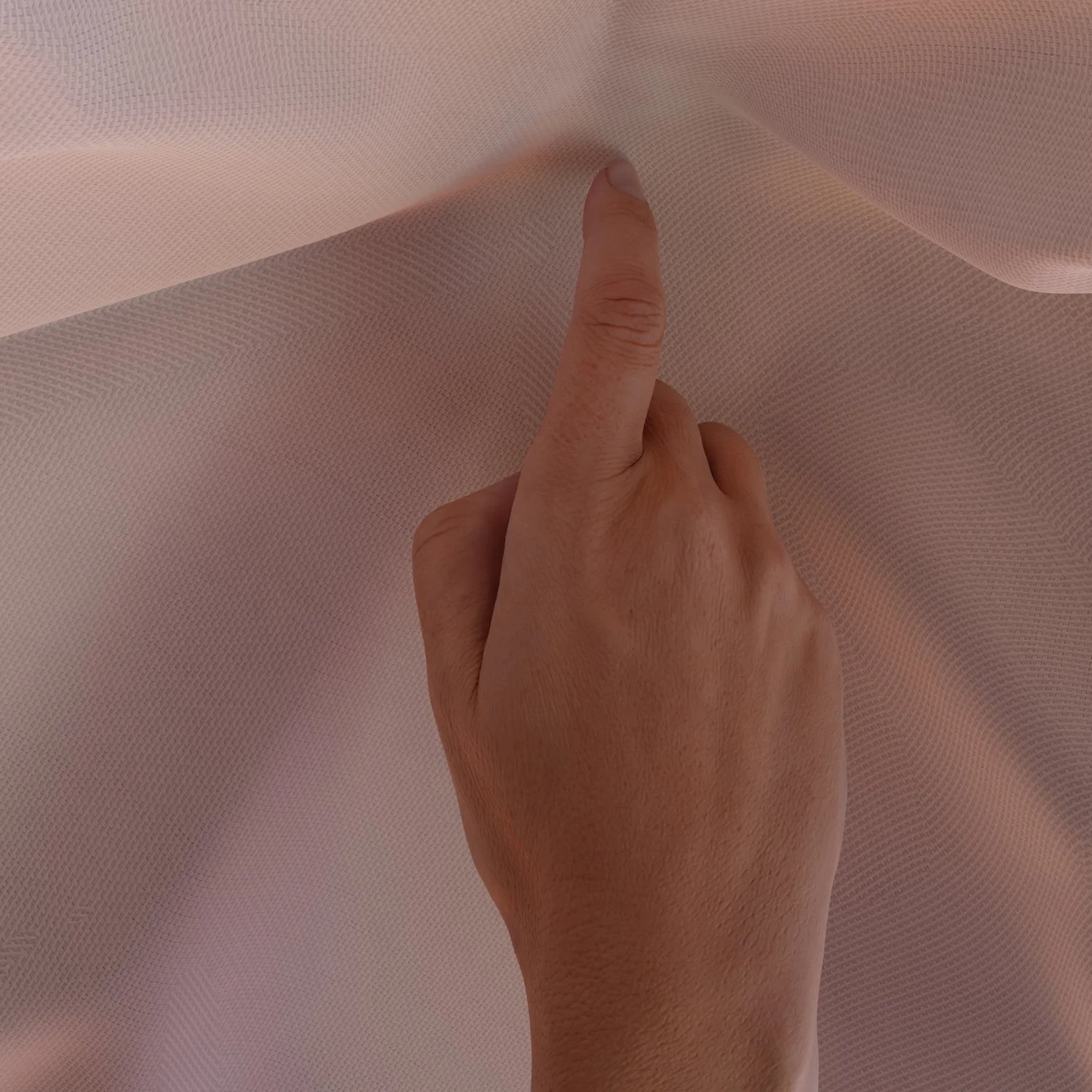


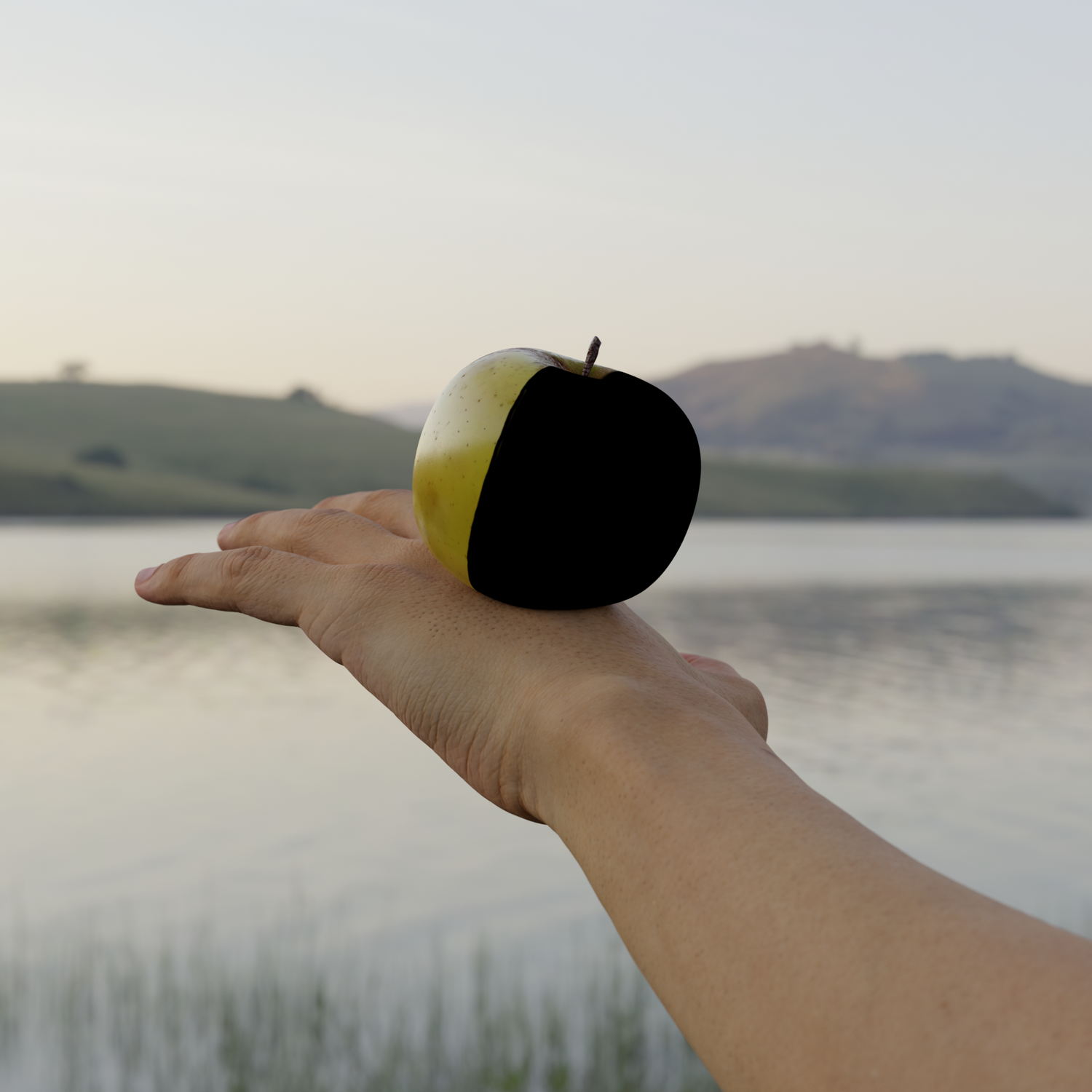

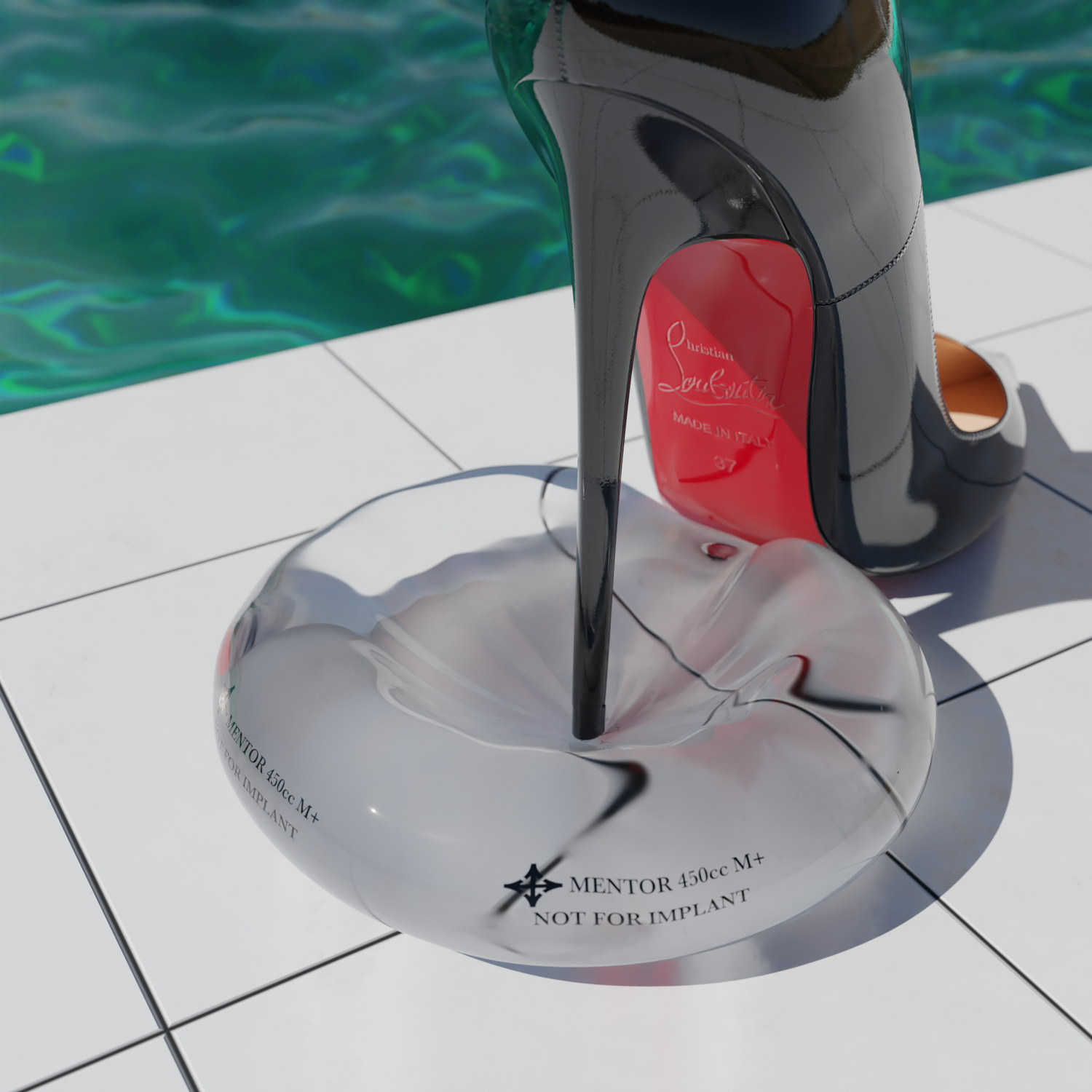
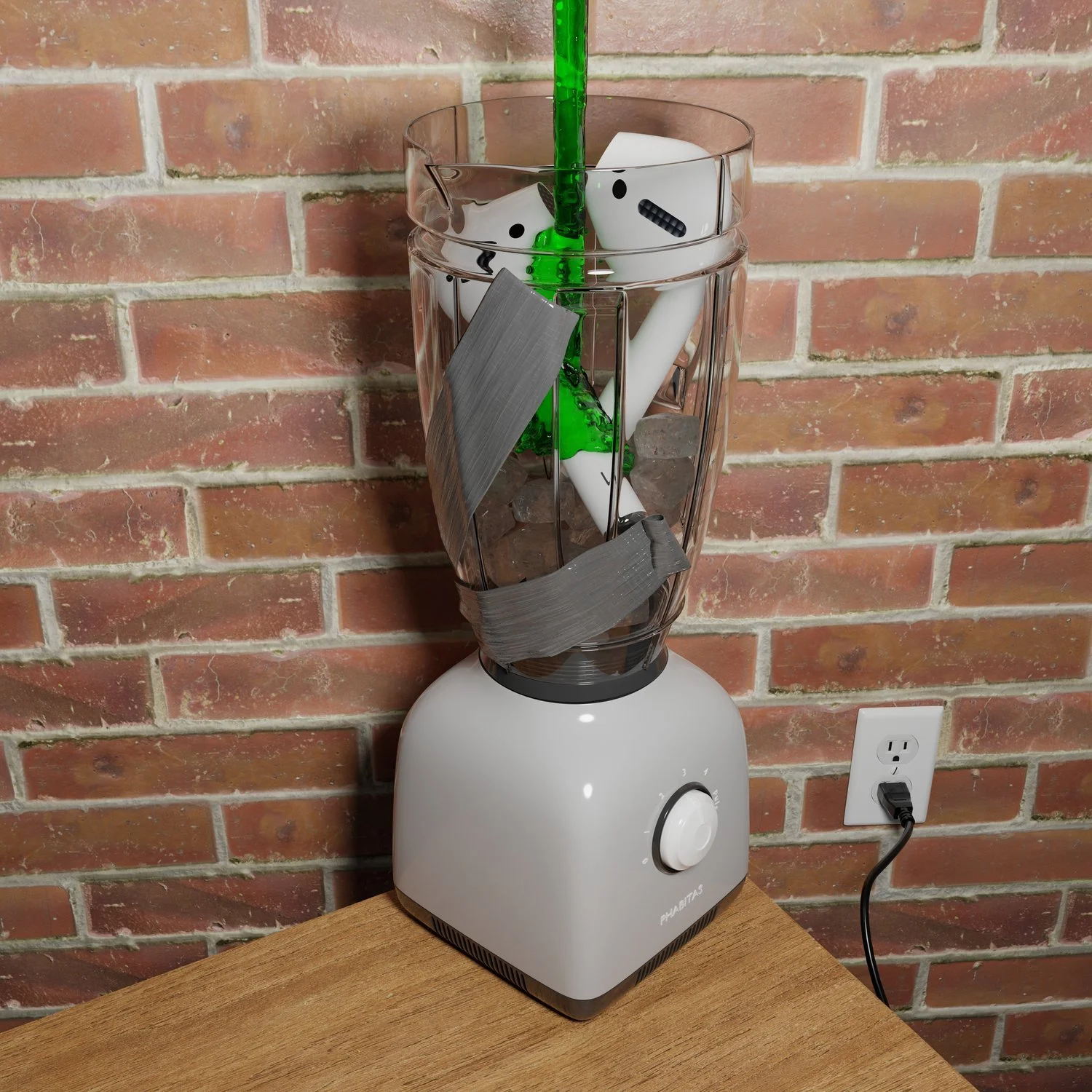

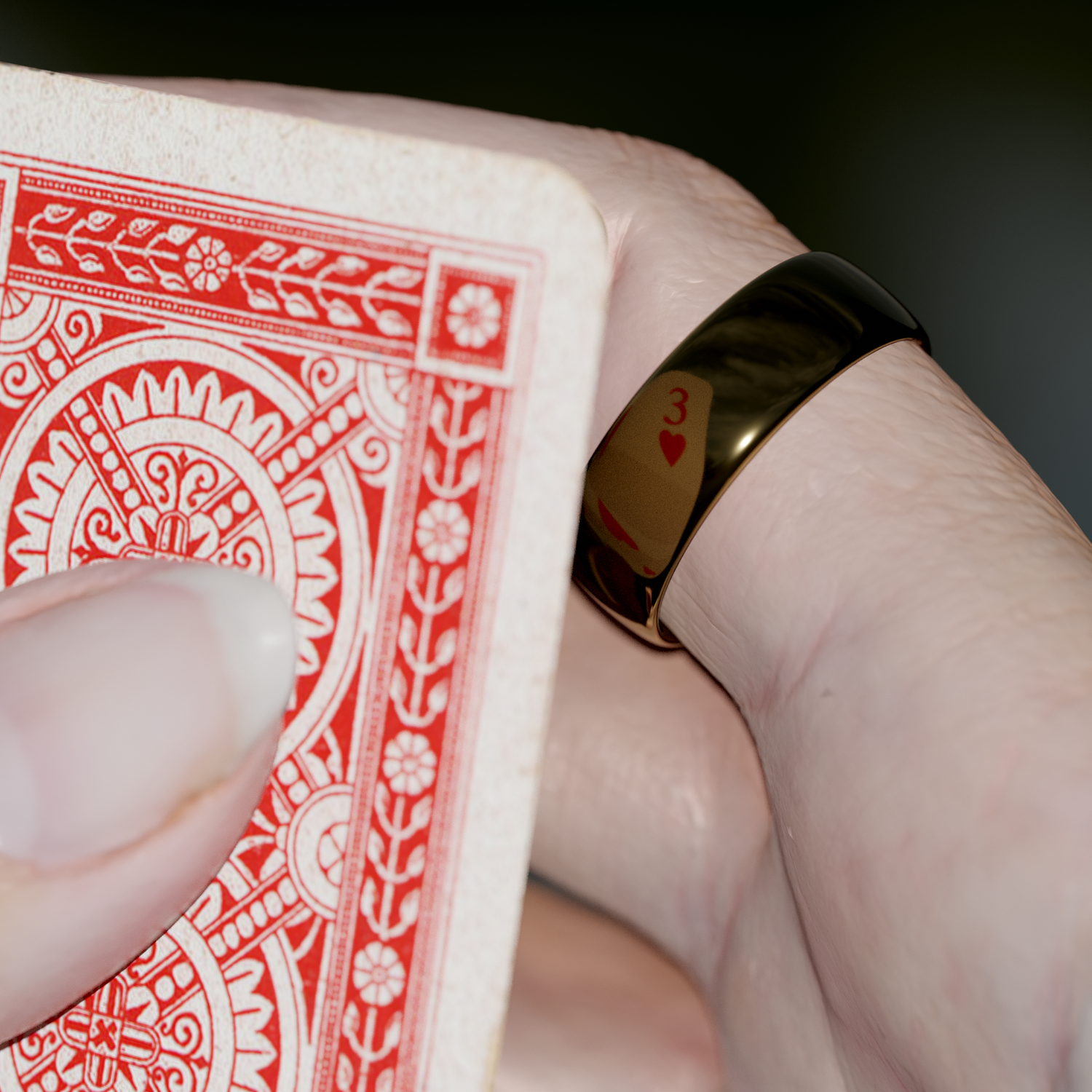


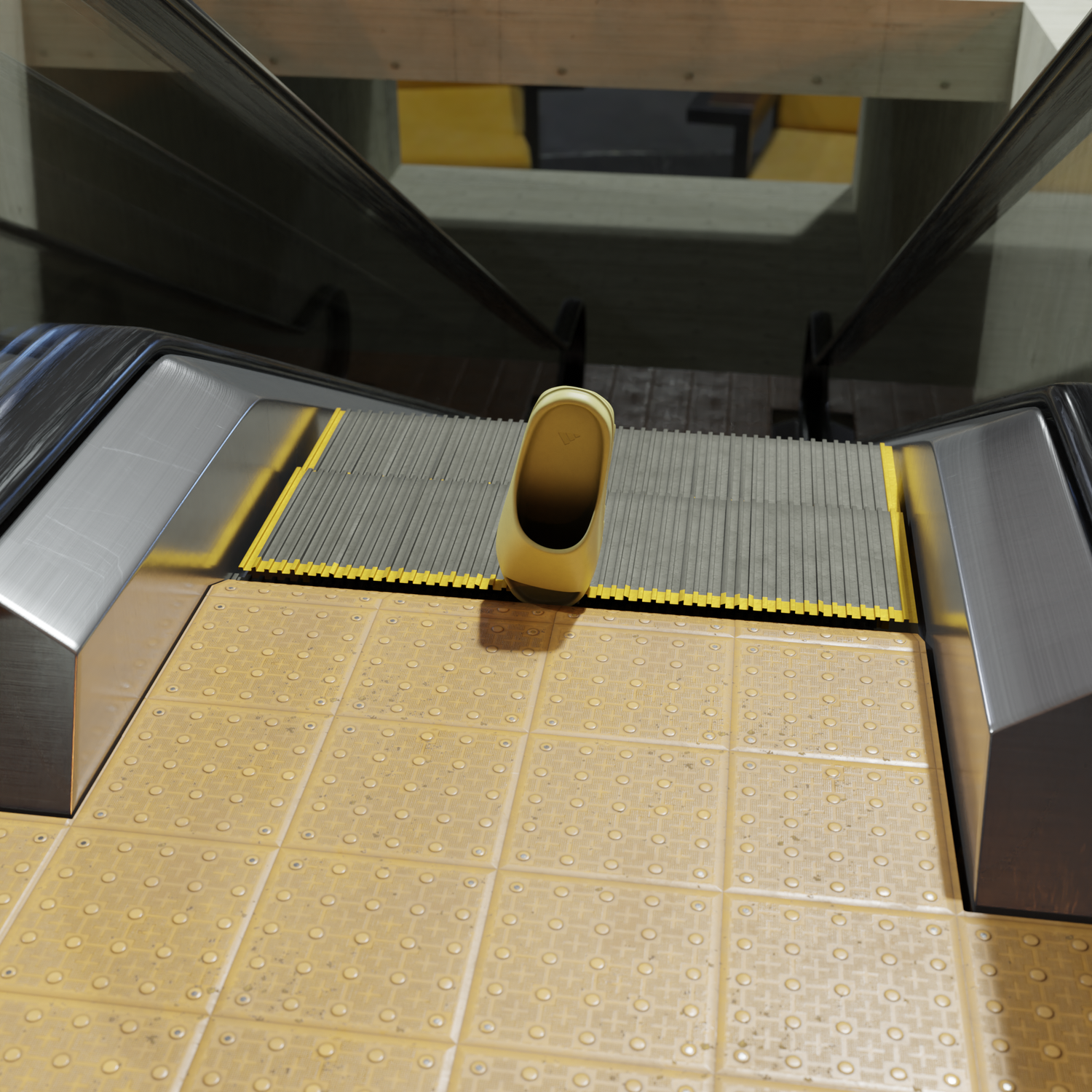





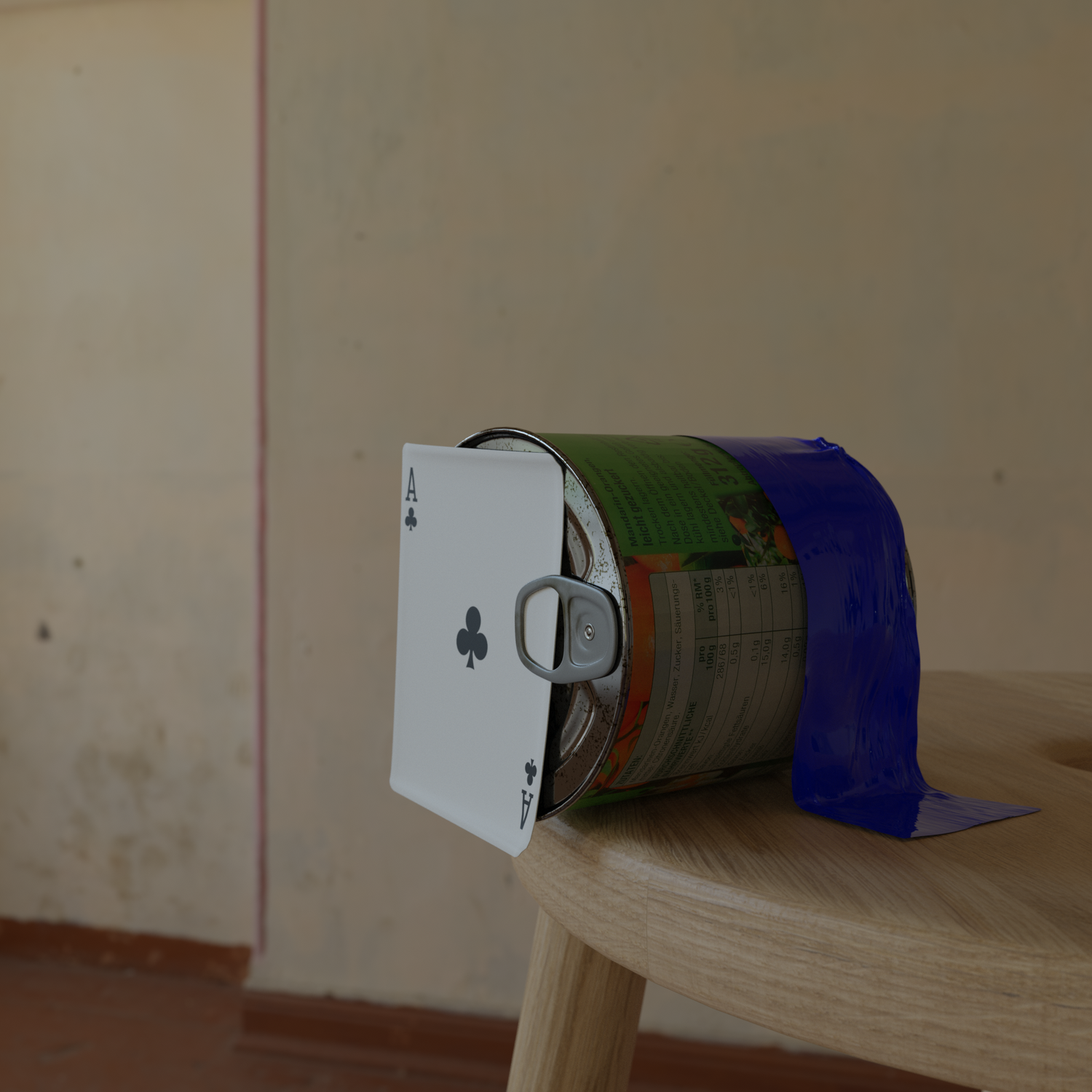
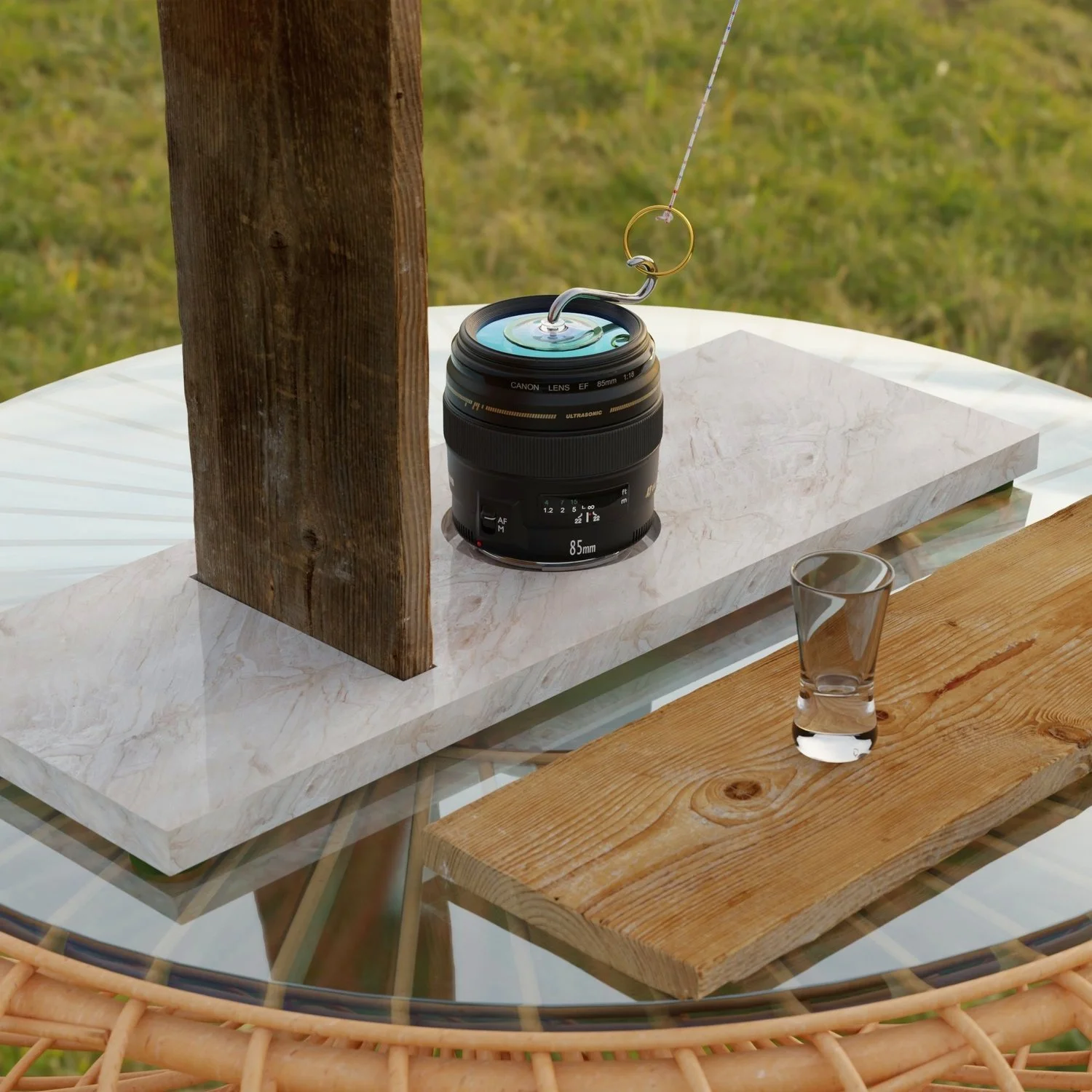
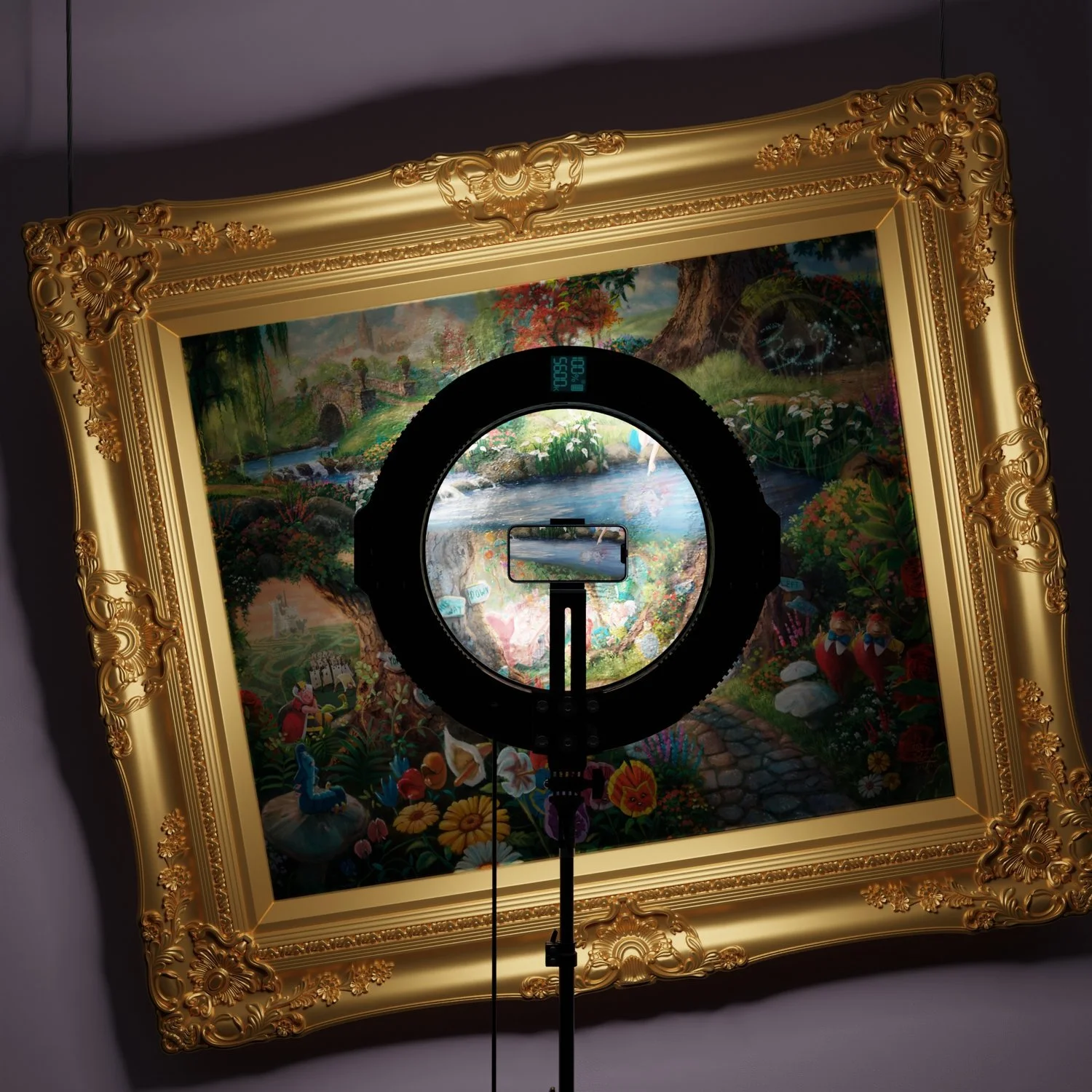
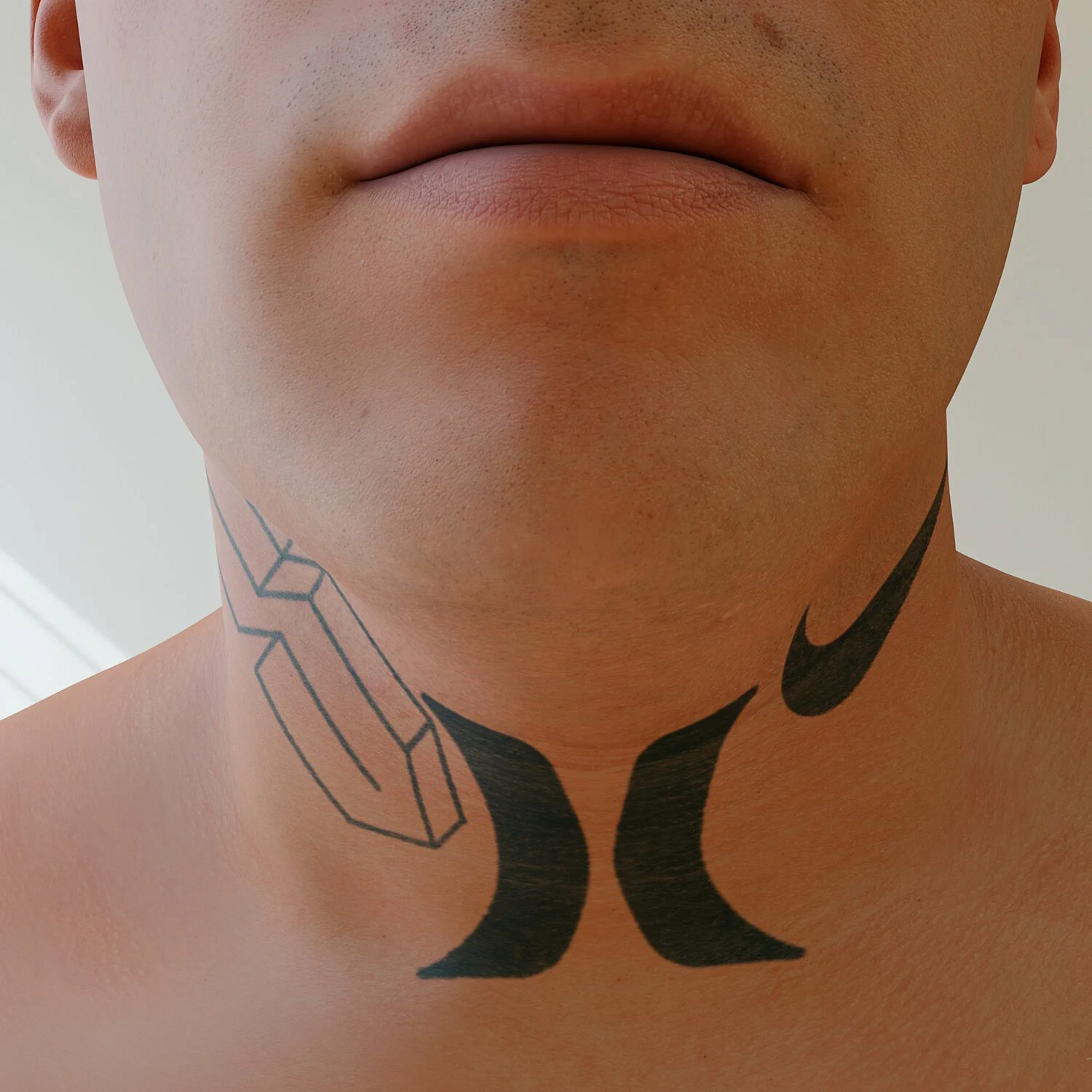

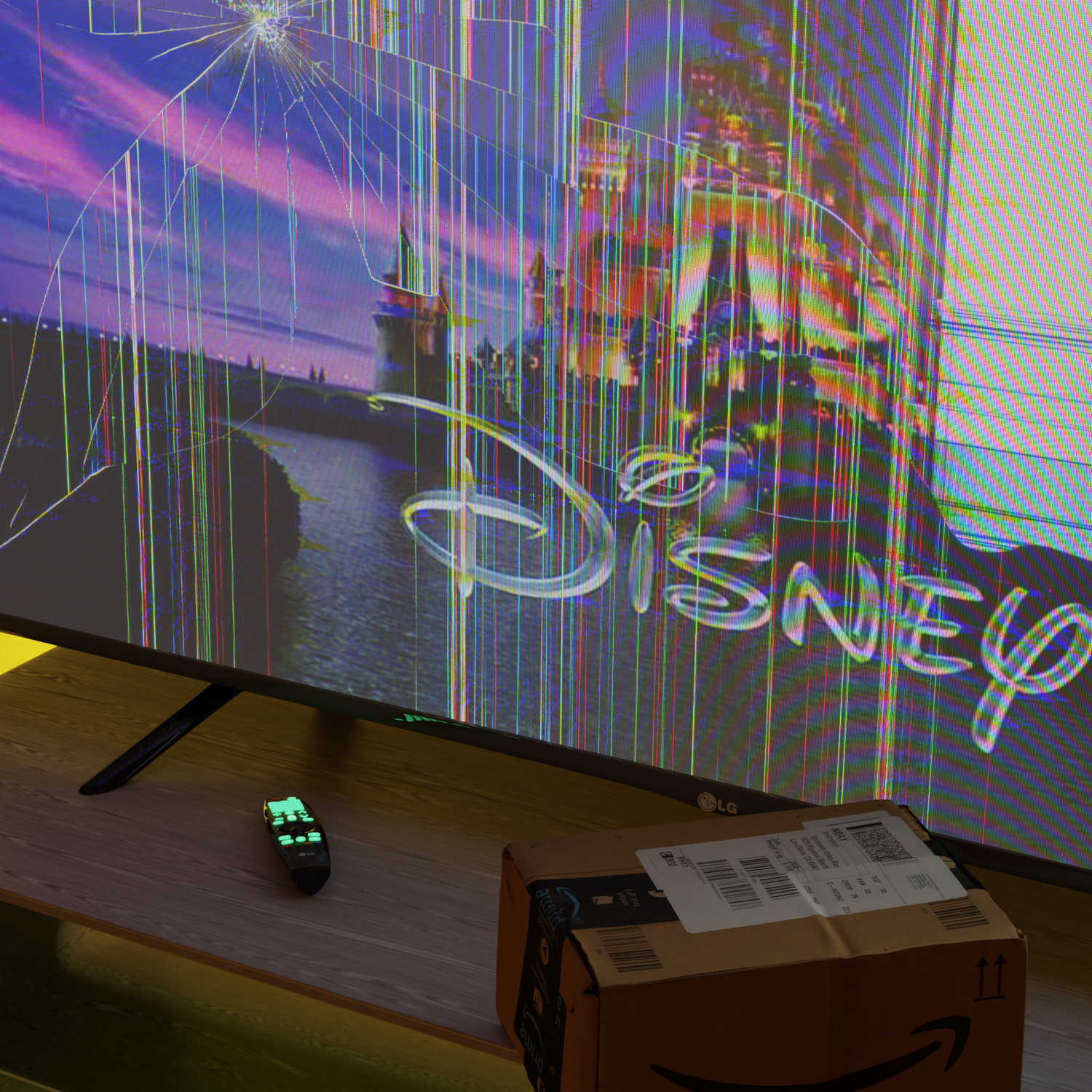
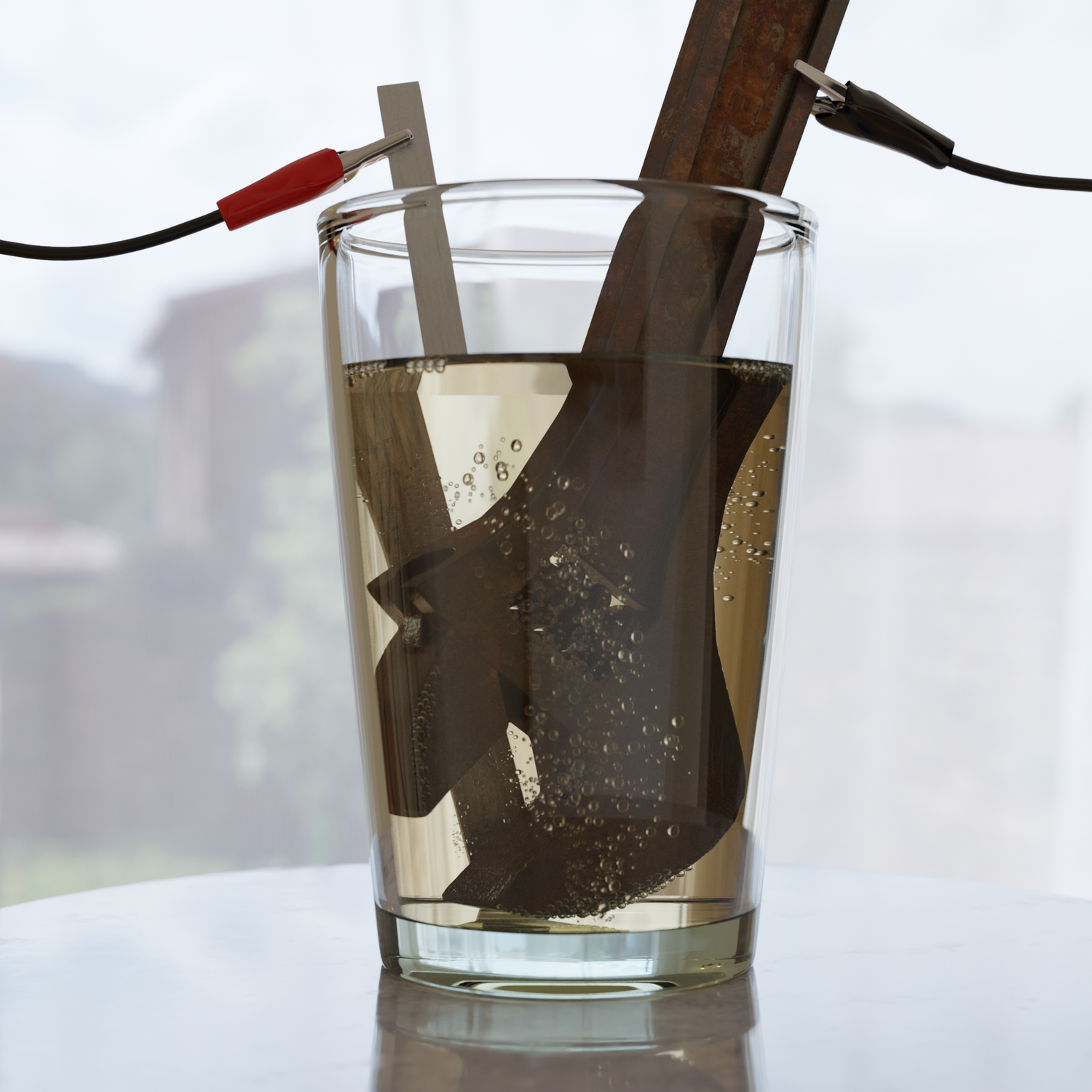








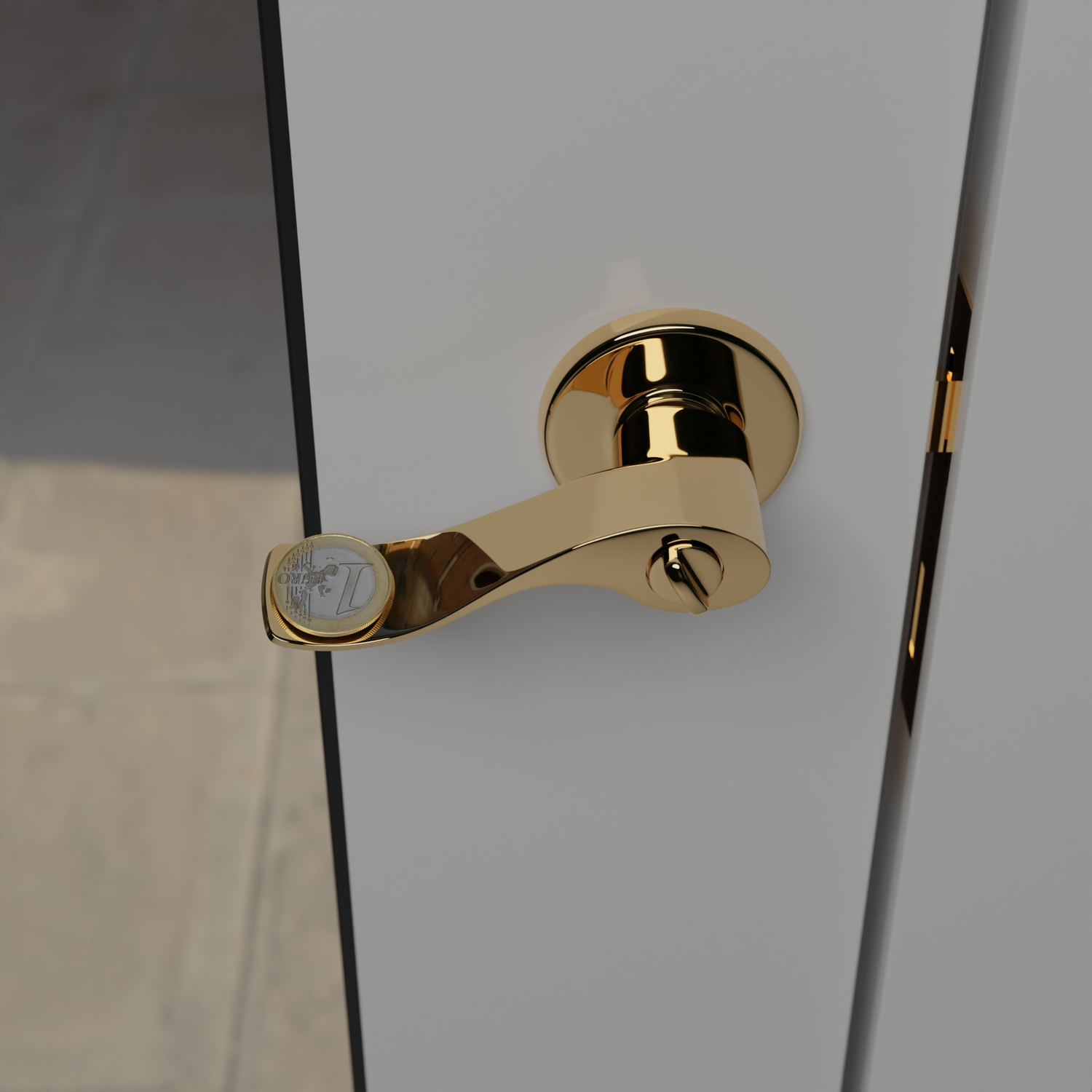
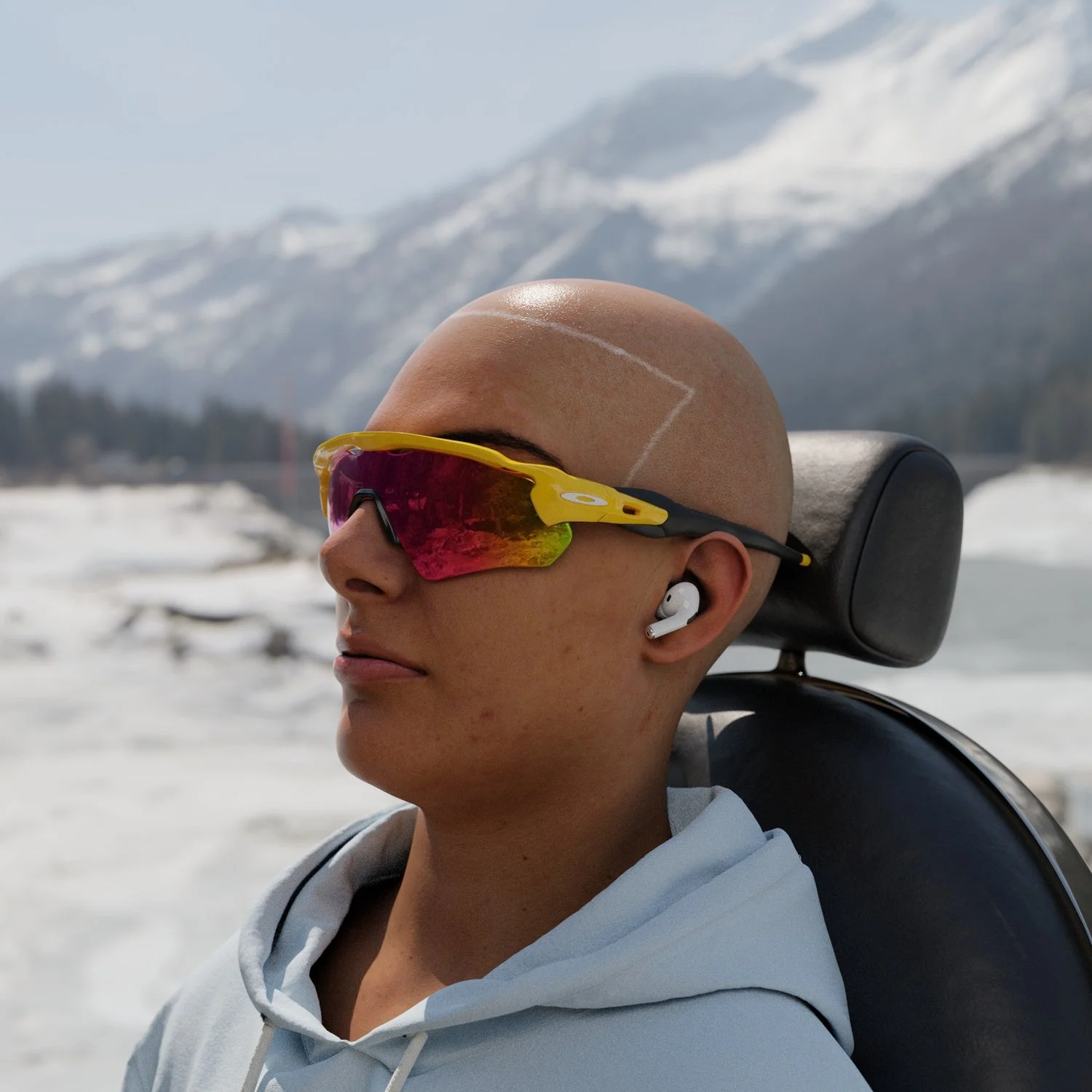



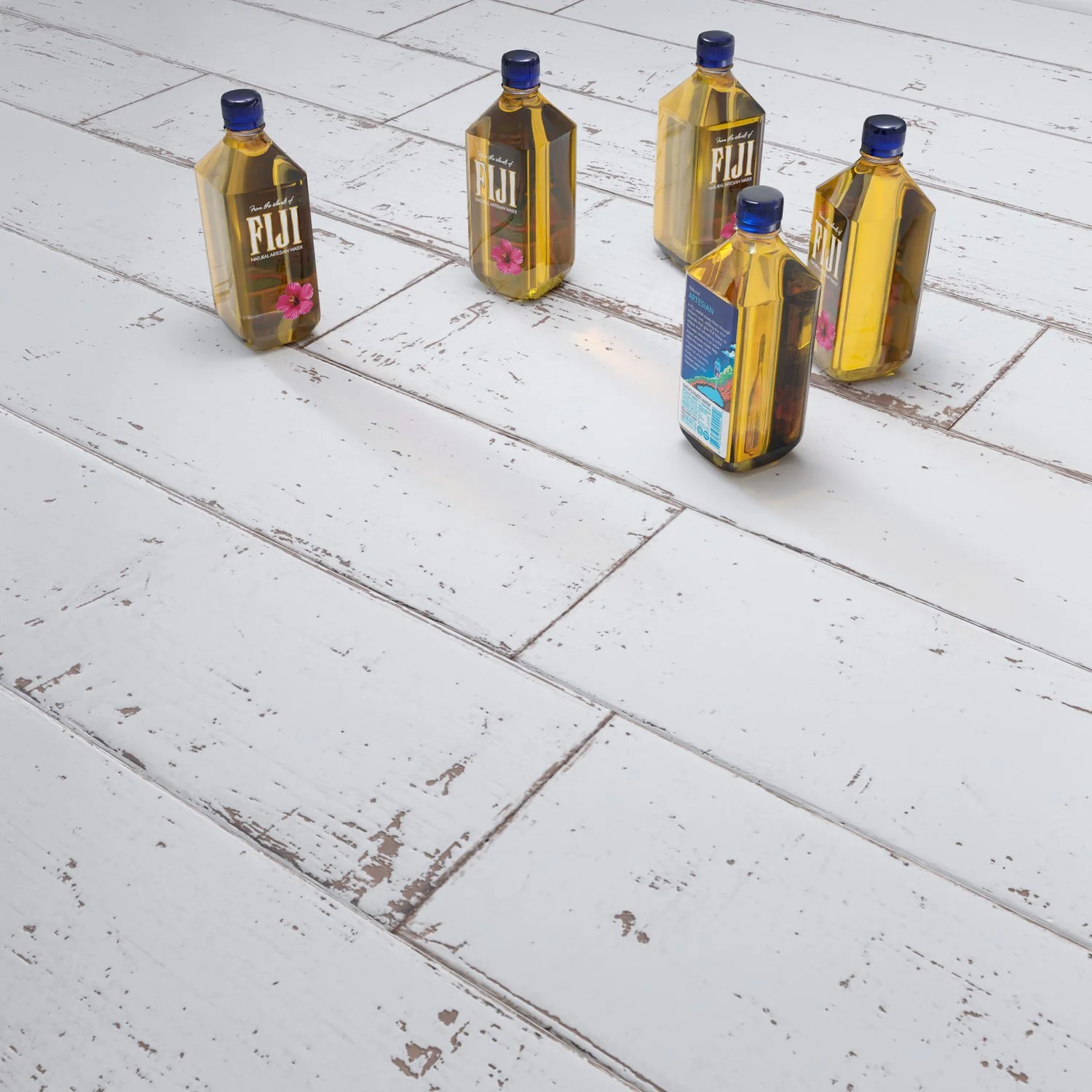




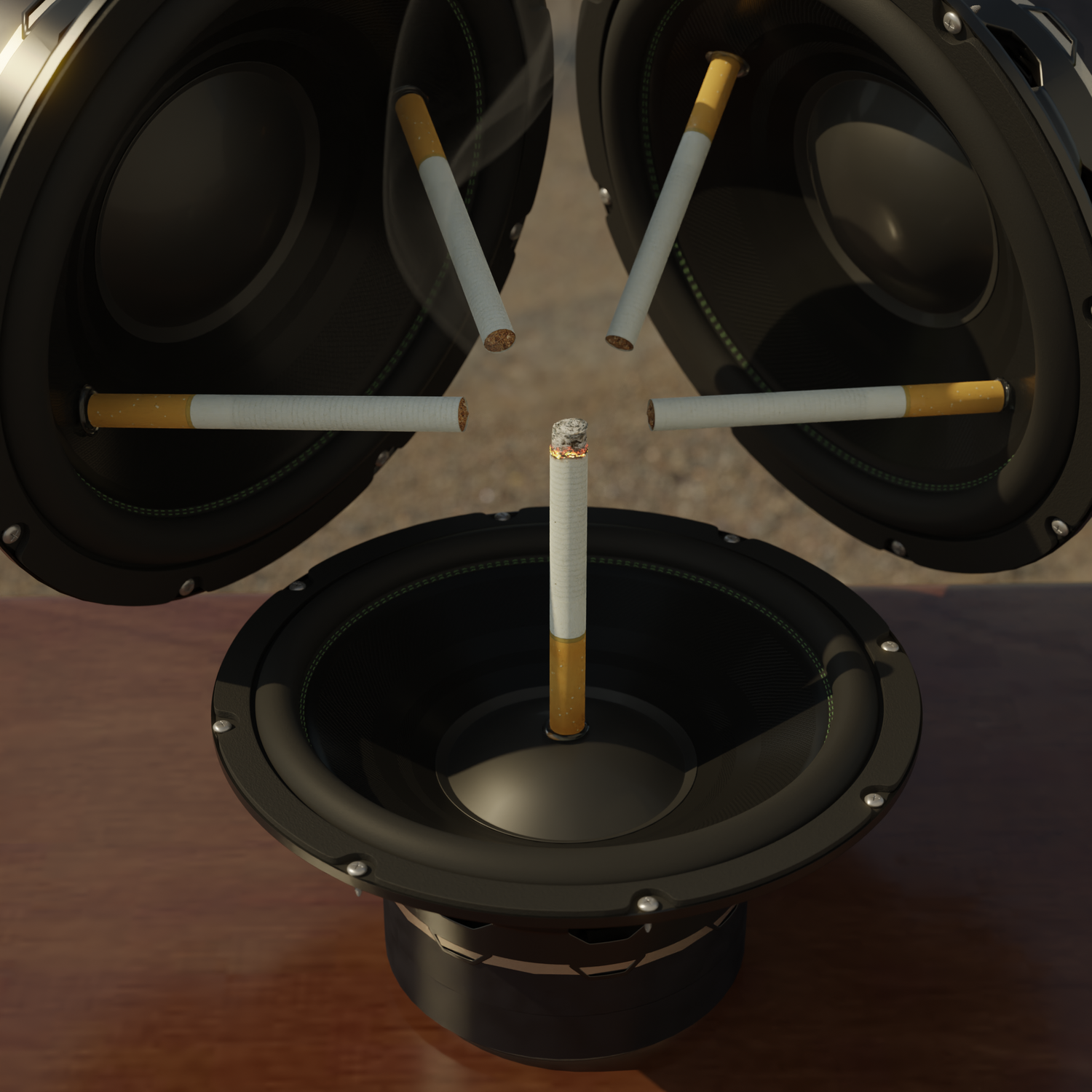

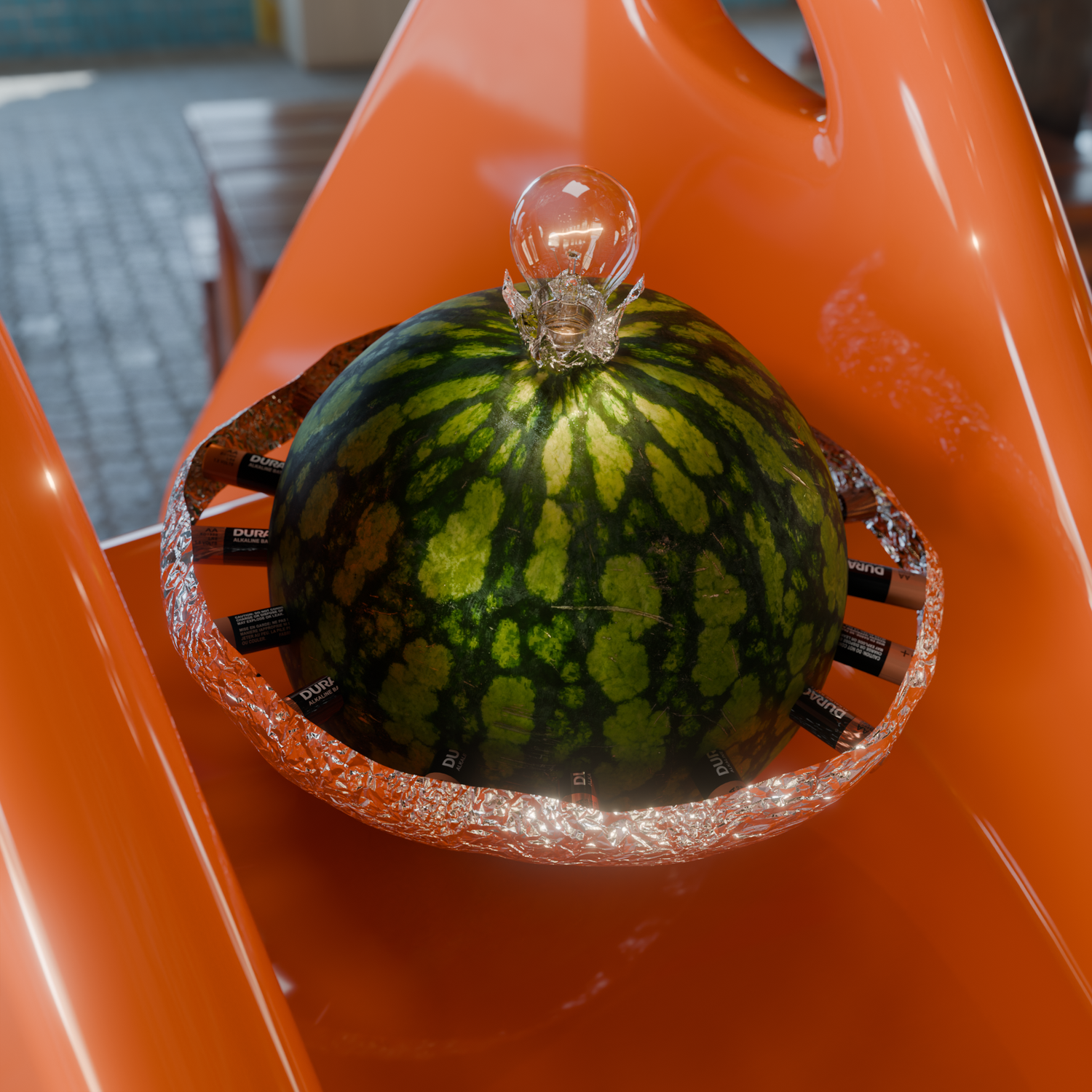



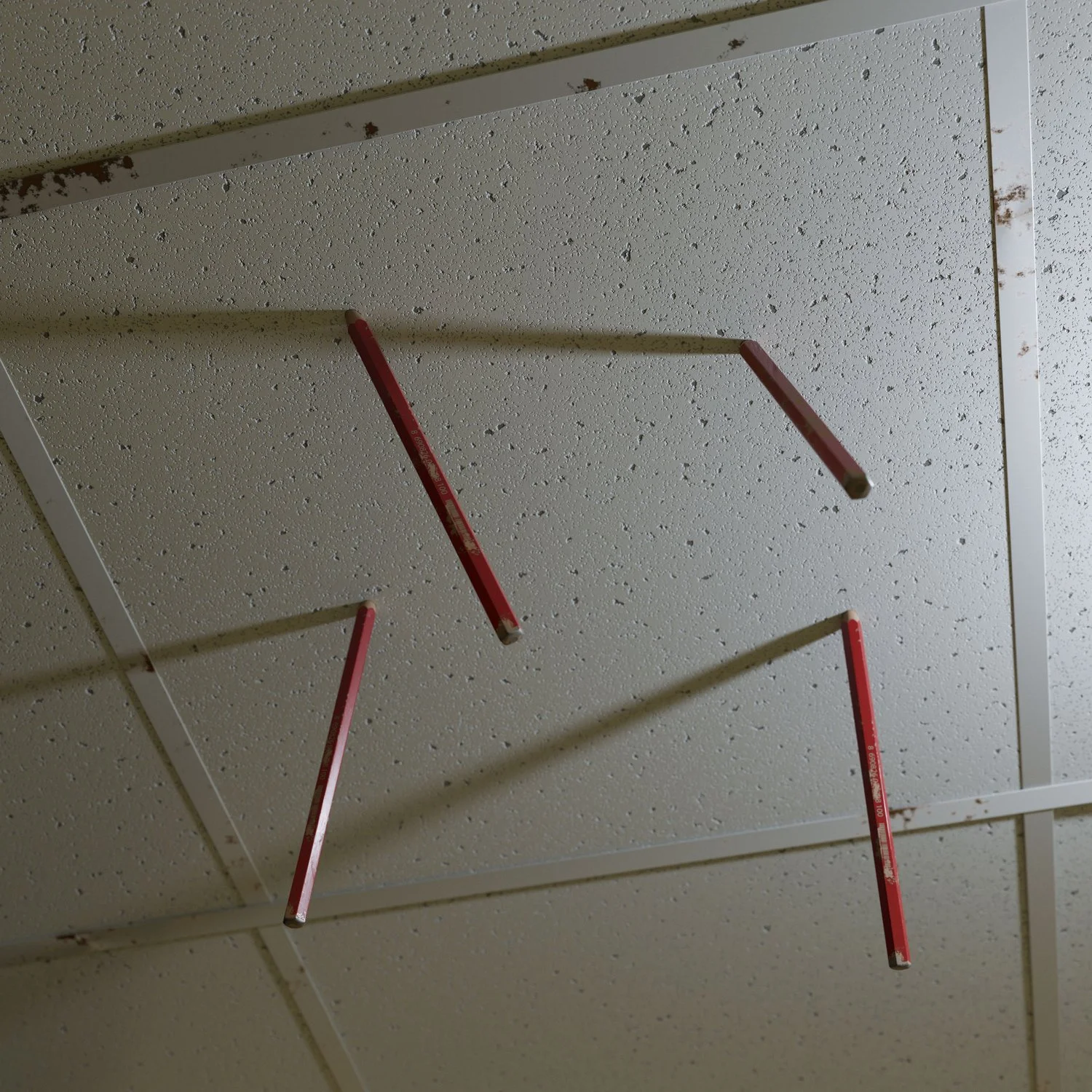



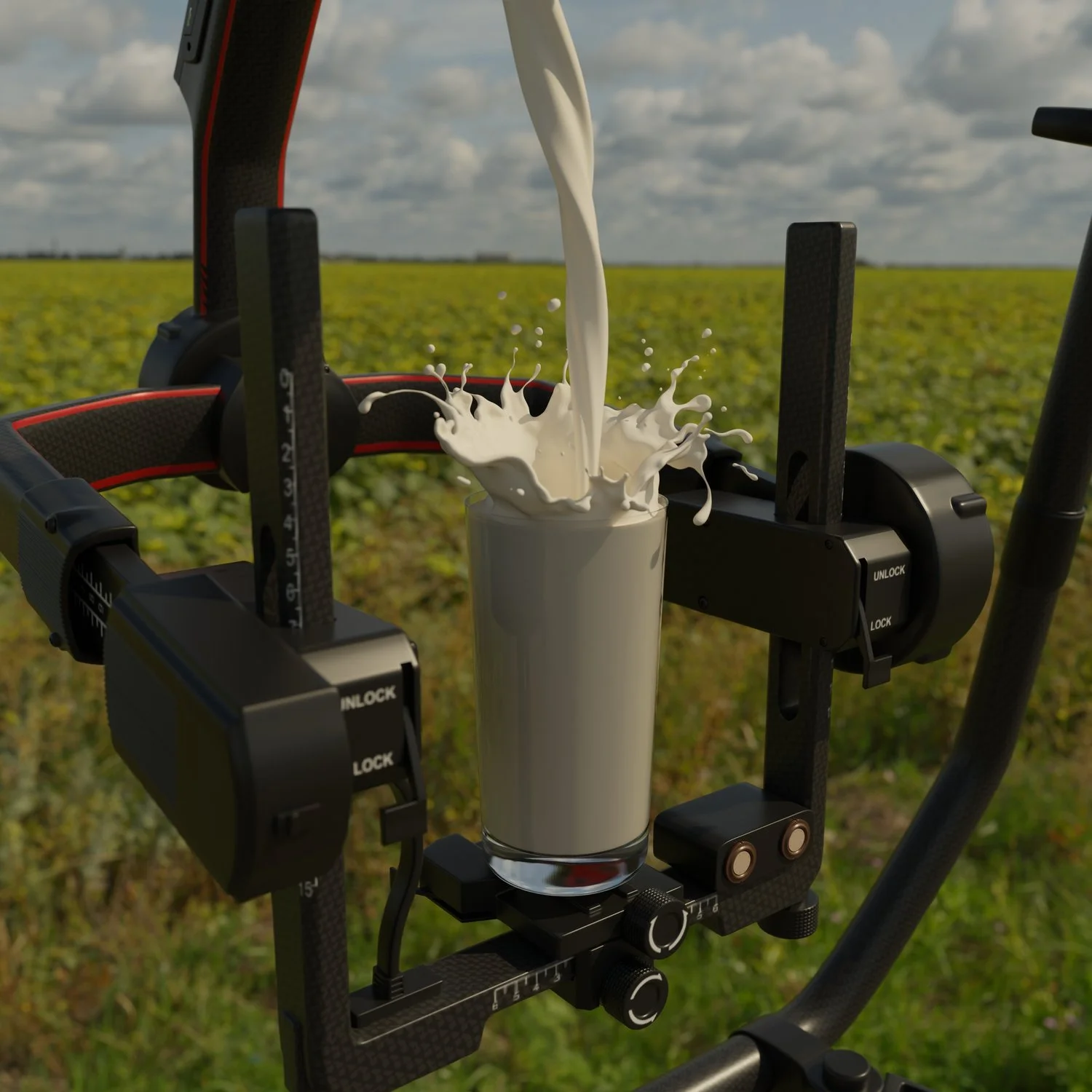


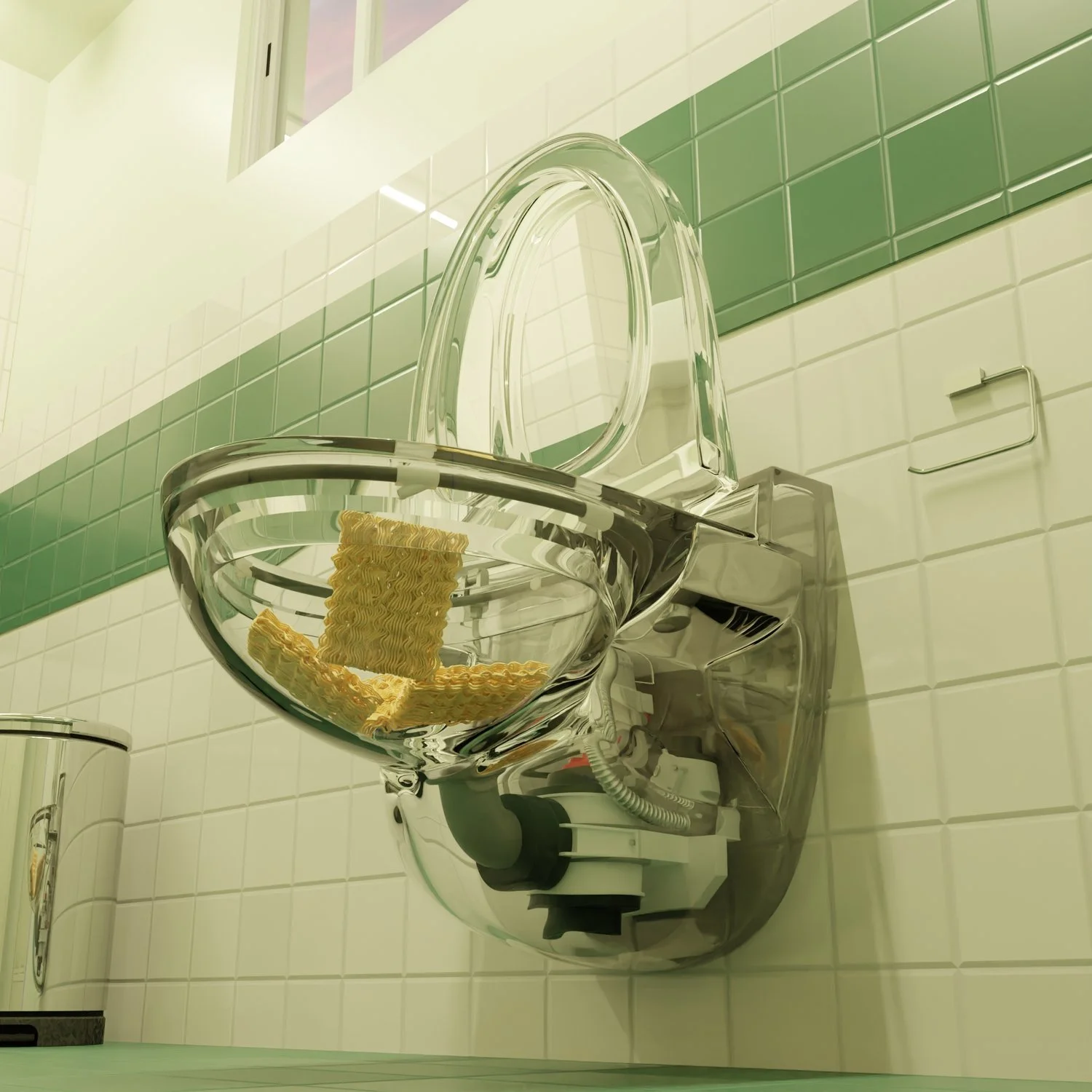

A Noisesless Patient Spider, 2024
In an era awash with synthetic AI imagery, Bobby Davidson’s A Noisesless Patient Spider invites viewers to explore the increasingly blurry line between photographic authenticity and digital fabrication. Building on the conceptual legacies of Robert Cumming and Larry Sultan and Mike Mandel’s seminal Evidence project, Davidson questions today’s eroded trust in photography, using staged and reimagined imagery to show how meaning is shaped rather than given. His visual narratives speak to a time when images blur the line between documentation and deception, unsettling the fragile relationship between memory and visual truths.
Davidson approaches image-making like a painter layering a canvas, constructing scenes from scraps of 3D model stock and digital detritus. This process mirrors painting’s rhythm—cycles of focused creation punctuated by breaks to step back and reassess. Working in 3D software, he scavenges discarded digital models like fragments from a virtual junkyard, arranging them into intricate, invented tableaux. Some compositions closely mirror reference stills, while others, drawn from the artist’s memory, take shape as artifact-like imagery unbound by any original photograph. His works occupy an uncanny space between recognition and estrangement, echoing the DIY spirit of maker culture while embedding subtle impossibilities. These details—a gear that defies physics, a joint too seamless for human hands—destabilize perception, rewarding close looking and inviting skepticism. By weaving salvaged digital forms into his own visual vocabulary, Davidson shifts photography from replication toward invention.
This series features images that at first glance resemble documentary photographs of amateur inventions: Rube Goldberg-like contraptions and improvised fixes reminiscent of the "life hack" phenomenon spreading across YouTube and Instagram. Yet the digital construction steadily unravels the illusion, creating a tension between what seems plausible and what reveals itself as artifice. This blurring extends into Davidson’s video installation, which borrows the hypnotic style of social media "process videos." What appear to be straightforward demonstrations of assembly or manufacture slowly reveal impossible motions and visual contradictions, quietly undermining their own authority.
Further complicating the dialogue between utility and illusion, Davidson transforms some of these speculative assemblages into functional objects—magnetic radiator ornaments, HVAC vent covers—that literalize their conceptual beginnings. By bringing digital constructs into the physical world, he blurs the line between artistic invention and everyday materiality, raising questions about what deserves representation in an age of algorithmic abundance. As photography’s role as a vessel of evidence continues to erode, Davidson’s work balances nostalgia for its former transparency with a curiosity about new forms of visual skepticism. Rather than mourning this shift, he embraces it as creative ground, proposing new ways of seeing that are attuned to the layered processes of memory, perception, and digital mediation.
A Noisesless Patient Spider frames today’s cultural anxieties around image-making not as a crisis, but as a chance for reinvention. Davidson challenges viewers to become active participants in decoding a world where photographs no longer just show, but perform—inviting closer scrutiny, imaginative engagement, and a rethinking of what it means to see.
